In today’s privacy-first, multi-channel marketing landscape, the ability to confidently connect spend to results is more important, and more challenging, than ever.
Marketers are tasked with allocating budgets across a growing range of channels, from search and social to TV, out-of-home, and beyond, all while navigating shrinking access to user-level data.
Media Mix Modeling (MMM) has long been a go-to method for answering the big questions: Which channels are driving growth? How should we shift spend to maximize ROI?
But what is Media Mix Modeling in 2025? By analyzing historical performance data at an aggregated level, MMM provides a clear, unbiased view of how each piece of the marketing puzzle contributes to overall outcomes.
But the rules have changed. Traditional MMM offers clarity, yet modern challenges demand smarter, more adaptive models that can keep pace with shifting market dynamics and deliver actionable guidance in real time.
In this Media Mix Modeling guide, we’ll explore the fundamentals of MMM, why it remains a vital tool in the marketer’s measurement toolkit, and how next-generation, machine learning-powered MMM is reshaping the way brands plan, measure, and optimize their media mixes.
What Is Media Mix Modeling?
Media Mix Modeling (MMM) is a statistical approach used to estimate the impact of different marketing channels on overall sales or other business outcomes.
Instead of looking at individual customer actions, MMM analyzes historical data, such as advertising spend, sales performance, and external factors like seasonality or economic trends, to determine how each channel contributes to results.
Think of it as taking the big-picture view.
Whereas granular attribution methods (like Multi-Touch Attribution, or MTA) track individual user paths across channels, MMM works from the top down, using aggregated data to identify broad patterns and long-term channel effectiveness.
This makes it especially valuable when privacy regulations, walled gardens, or offline channels make user-level tracking difficult or impossible.
In recent years, the concept has evolved: next-generation MMM leverages machine learning and adaptive algorithms to move beyond static, quarterly models.

These modern approaches can account for non-linear relationships between spend and results, detect diminishing returns, and update recommendations as new data comes in.
By combining robust statistical foundations with real-time adaptability, next-gen Media Mix Modeling in 2025 guides marketers to make smarter, faster budget decisions across every channel in their mix.
MMM vs Other Attribution Models
While MMM methodology focuses on the big-picture impact of each marketing channel, Multi-Touch Attribution (MTA) digs into the granular details of individual customer journeys.
Both approaches aim to answer the same fundamental question — what’s driving results? — but they do so in very different ways.
MMM is ideal for capturing the value of channels where user-level tracking is limited or impossible, such as TV, radio, print, or even some walled-garden platforms.
It’s also better suited for long-term strategic planning, helping you forecast ROI and allocate budgets across the full marketing mix.
MTA, on the other hand, is most effective when you have access to detailed, user-level data from digital channels.
It allows you to see the specific touchpoints (ads, emails, clicks) a customer interacted with before converting, making it valuable for short-term campaign optimization.
Many sophisticated marketing teams use MMM and MTA together: MTA for tactical, in-flight adjustments and MMM for overarching strategy and cross-channel budget planning.

How Media Mix Modeling Works
At its core, Media Mix Modeling is about turning historical performance data into actionable insights.
The process generally follows these five steps:
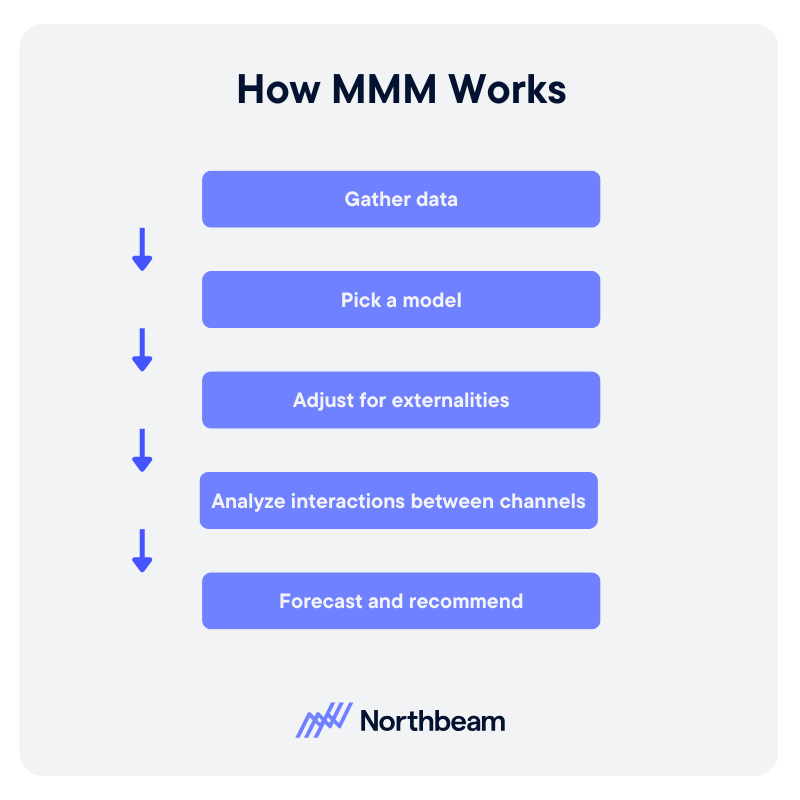
1. Gather Historical Data
The MMM methodology begins by collecting aggregated spend and outcome data across all marketing channels, both online and offline.
This often includes:
- Media spend by channel (e.g., TV, paid search, display, social, OOH)
- Business outcomes (e.g., sales revenue, leads, signups)
- External variables like seasonality, holidays, competitor activity, and economic indicators
2. Fit a Statistical or Machine Learning Model
Traditionally, MMM uses regression analysis to identify correlations between marketing investments and business results.
Modern MMM platforms also incorporate machine learning algorithms to capture more complex, non-linear relationships, such as diminishing returns when spend reaches saturation in a given channel.
3. Adjust for Seasonality and Externalities
The model accounts for predictable seasonal patterns (like holiday spikes) and one-off external events (like supply chain disruptions or viral trends) so these factors don’t get mistaken for marketing impact.
4. Analyze Interactions Between Channels
MMM also evaluates interaction effects, for example, how TV ads might boost the performance of paid search, or how brand campaigns influence conversion-focused channels.
5. Forecast and Recommend
Once calibrated, the model can simulate different spend scenarios, forecast the likely impact on business outcomes, and recommend budget reallocations to improve ROI.
In modern practice, next-gen MMM platforms repeat this process frequently, sometimes weekly, so marketers aren’t relying on outdated quarterly or annual models.
Why MMM Is Essential
In today’s rapidly shifting marketing landscape, Media Mix Modeling remains one of the most resilient measurement tools available to marketers.
While many attribution methods have been disrupted by privacy regulations, platform data restrictions, and the decline of third-party cookies, MMM continues to deliver reliable, actionable insights.
Below are four major reasons why MMM is essential to modern marketers:
MMM is Resilient in a Privacy-First Era
Because MMM relies on aggregated spend and outcome data (not user-level tracking) it’s largely unaffected by signal loss from cookie deprecation, iOS privacy updates, or walled garden policies.
This makes it a future-proof choice for marketers navigating growing data limitations.
MMM Provides Holistic, Cross-Channel Coverage
MMM looks at the entire marketing ecosystem, including channels that are notoriously hard to measure at the individual level.
Whether it’s digital platforms like paid search and social, or offline investments in TV, radio, print, and out-of-home (OOH), MMM provides a unified view of performance across the full mix.
MMM Enables Strategic Budgeting & Planning
Beyond measuring past performance, MMM helps marketing leaders forecast ROI, plan annual or quarterly budgets, and determine the optimal allocation of spend across channels.
By modeling different “what-if” scenarios, teams can make informed decisions that balance efficiency and growth.
MMM Provides Long-Term Impact Measurement
Unlike short-term attribution tools, the MMM methodology captures the lagged effects of marketing, such as a brand awareness campaign that boosts conversions weeks later.
This gives marketers a more accurate picture of a channel’s true value over time.
When executed well, MMM doesn’t just tell you what worked in the past — it gives you a roadmap for where to invest next.
The Next Evolution: Next-Gen MMM with Machine Learning
Traditional Media Mix Modeling has always been powerful, but it was built for a slower era of marketing, where quarterly or annual updates were enough to guide budget decisions.
In today’s fast-moving environment, those static models can quickly become outdated.
Modern MMM platforms are changing the game by integrating machine learning (ML) into the process. These next-generation models go beyond simple regression analysis to capture the complexity of modern marketing dynamics.
Key advantages of ML-driven Media Mix Modeling in 2025 include:
- Continuous Adaptation: Instead of waiting months for a model refresh, ML-based MMM updates frequently (sometimes weekly) to incorporate the latest performance data. This ensures recommendations reflect the most current market conditions.
- Non-Linear Interactions & Diminishing Returns: Machine learning can detect and model nuanced relationships between channels. For example, it can quantify how TV campaigns amplify search performance, or when increased spend in a channel starts yielding smaller incremental gains.
- Near-Real-Time Forecasts & Automated Recommendations: Advanced MMM platforms can simulate multiple budget scenarios on demand, delivering rapid, data-backed guidance for reallocation. Some even automate the process by feeding recommendations directly into campaign management tools.
An example of this evolution is Northbeam’s MMM+, a machine learning-powered model that retrains weekly, accounts for non-linear effects, and delivers actionable budget rebalancing suggestions in near real time.
This blend of statistical rigor and adaptive intelligence allows marketers to shift from reactive measurement to proactive, always-on optimization.
In short: Smarter MMM benefits from the speed and sophistication of machine learning to give marketing leaders an edge, making it possible to adjust strategy as quickly as the market changes.
Implementing Smarter MMM: A Step-by-Step Guide
A successful Media Mix Modeling initiative requires both solid data foundations and a disciplined approach to analysis.
Here’s how to get started:
1. Assemble Rich Historical Data
Collect several months (ideally years) of aggregated data on:
- Marketing spend by channel (digital and offline)
- Business outcomes such as revenue, conversions, or leads
- External variables like seasonality, holidays, competitor activity, and macroeconomic trends
2. Choose the Right Modeling Approach
Select the statistical framework that best fits your needs:
- Linear regression for a straightforward, interpretable model
- Bayesian modeling for incorporating prior knowledge and uncertainty estimates
- Machine learning-based MMM for adaptive, complex relationship modeling
3. Validate and Iterate
Run diagnostics to ensure your model is robust.
Check for overfitting, assess predictive accuracy, and test different variable combinations. Refine your approach based on performance.
4. Translate Insights into Budgets and Forecasts
Use the model’s findings to guide budget allocation, forecast channel performance, and run “what-if” simulations.
Prioritize reallocations that deliver the highest incremental ROI.
5. Leverage Advanced Capabilities
Modern MMM platforms can generate real-time forecasts and provide automated budget system guidance, allowing you to make faster, data-backed decisions without waiting for quarterly reviews.
💡 Pro Tip: Revisit your model regularly. Newer ML-powered MMM solutions, like MMM+, retrain weekly for sharper accuracy and more relevant recommendations.
MMM Best Practices & Emerging Trends
Whether you’re implementing MMM for the first time or upgrading to a more advanced platform, these best practices will help you get the most MMM benefits from your investment and prepare you for what’s next.
Our top five MMM best practices are:
1. Prioritize Adaptability
Markets move fast. Choose a platform that supports frequent model updates so your insights reflect the most recent conditions.
Weekly or even rolling updates ensure your budget decisions are always based on fresh, relevant data.
2. Foster Cross-Functional Collaboration
MMM benefits are best seen when marketing, finance, and data operations are aligned.
Marketing teams bring campaign knowledge, finance ensures budgetary alignment, and data teams maintain the integrity of the underlying datasets.
This collaboration helps ensure the model’s recommendations are both actionable and strategically sound.
3. Explore Scenario Modeling
Smarter MMM platforms allow you to simulate different budget allocation strategies before you commit spend.
Scenario modeling lets you test potential changes, forecast results, and identify the mix that delivers the best ROI.
4. Leverage AI-Driven Dose Response Curves
Dose-response curves model how incremental spend in a given channel impacts performance, helping you pinpoint the “sweet spot” before diminishing returns kick in.
AI-powered curves make these insights more precise and adaptable to shifting conditions.
5. Keep an Eye on Server-Side MMM
As privacy regulations tighten, server-side MMM is emerging as a powerful alternative.
By processing data securely on the server, marketers can integrate more channels, maintain compliance, and future-proof their measurement framework.
The future of MMM is agile, collaborative, and deeply integrated with AI, enabling marketers to pivot faster and plan smarter than ever before.
MMM Benefits Start Now
For decades, Media Mix Modeling has been a cornerstone of marketing measurement, and it’s not going anywhere. What’s changing is how it’s done.
Advances in machine learning have transformed MMM from a static, quarterly exercise into an agile, always-on decision engine that adapts as fast as the market moves.
By combining MMM’s holistic, privacy-resilient view with the adaptability of next-gen models, marketing leaders can make sharper budget decisions, capture the full value of every channel, and confidently plan for the future.













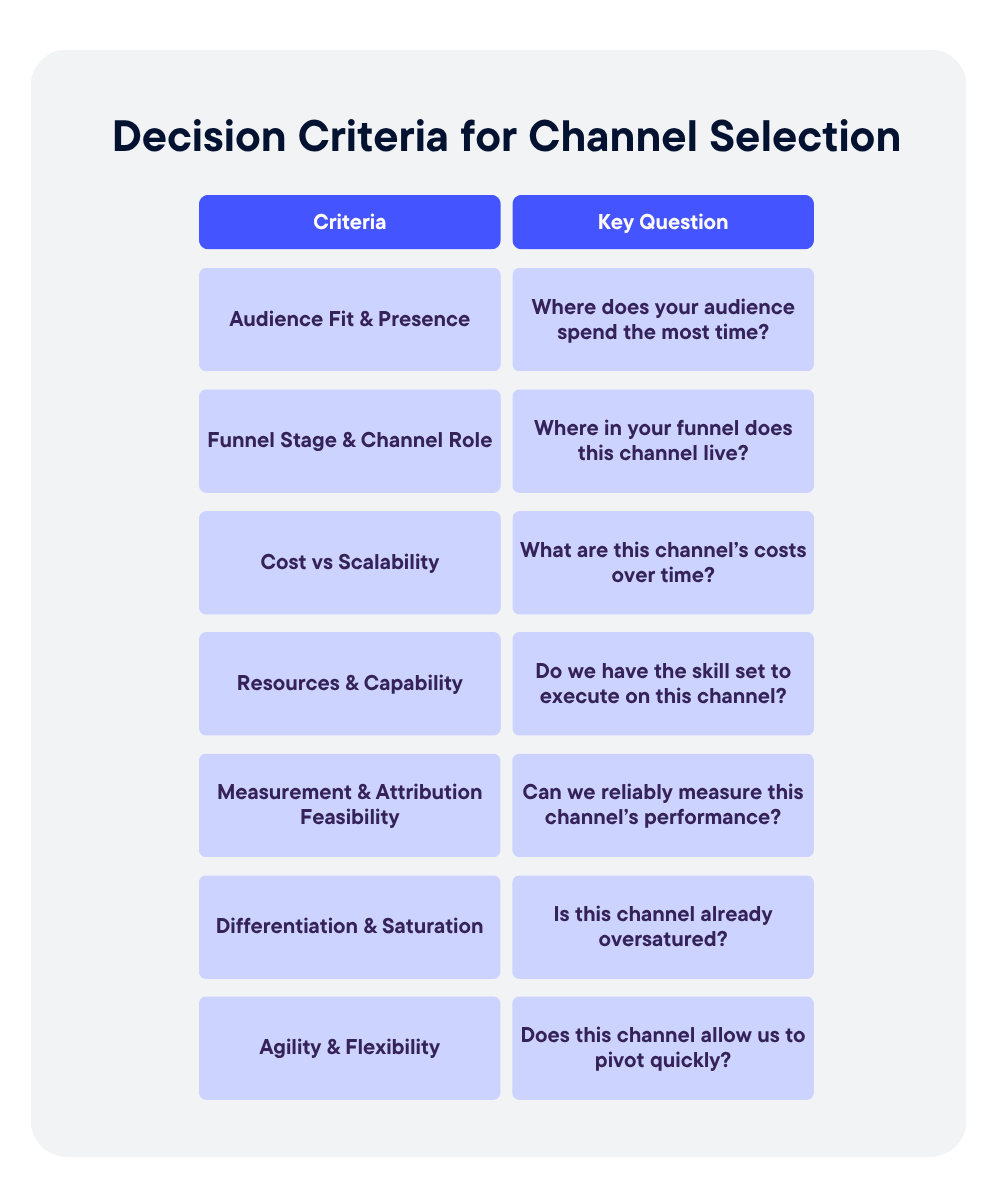

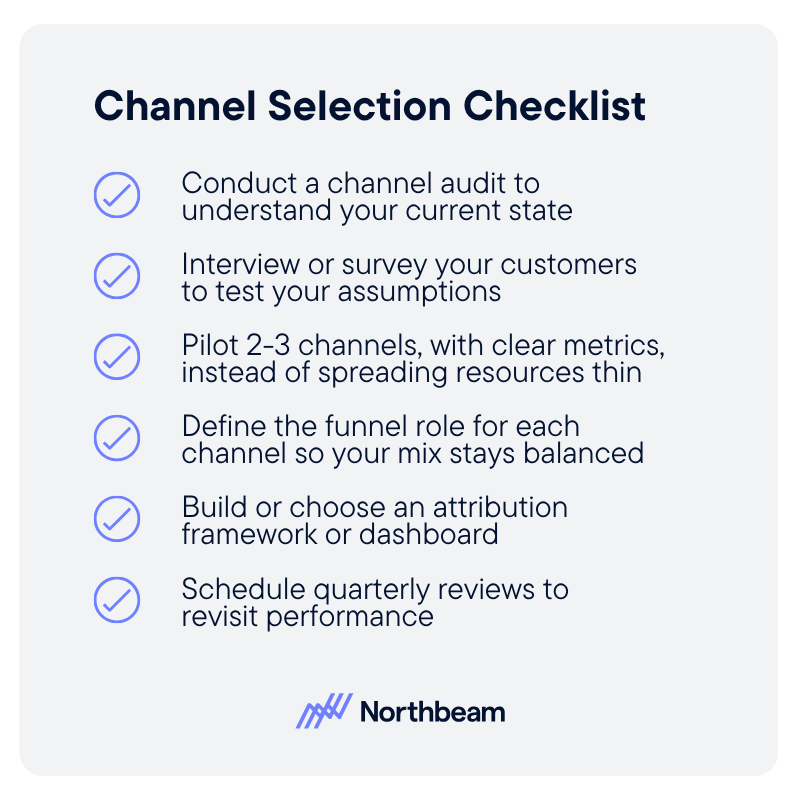



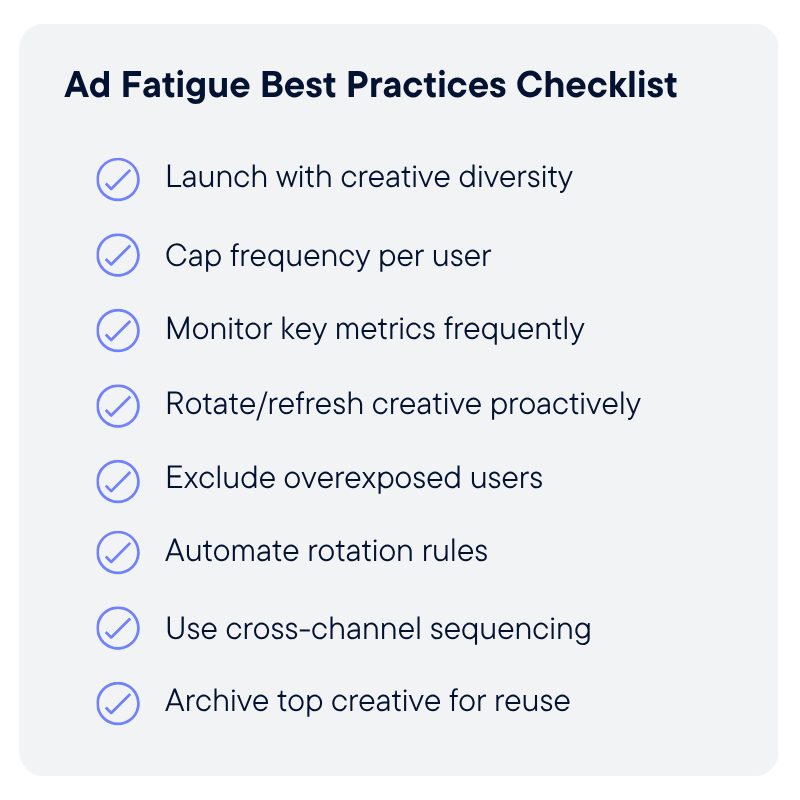

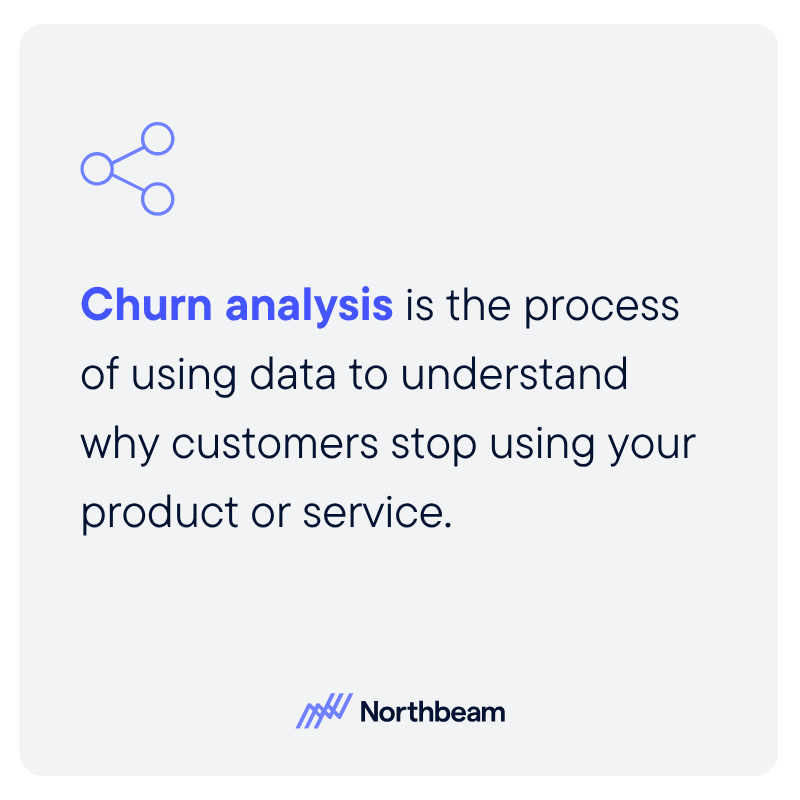
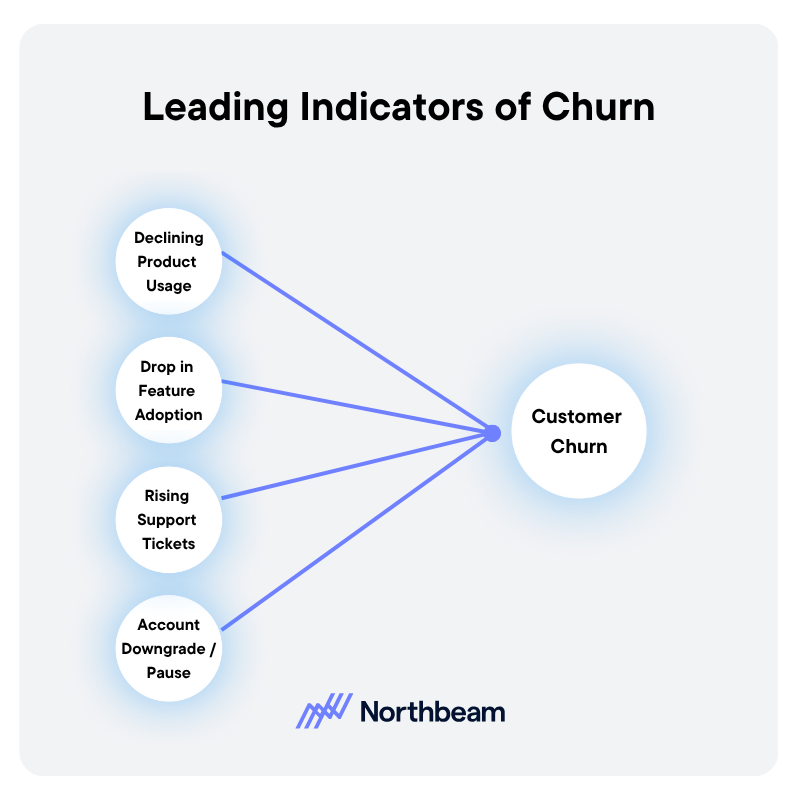
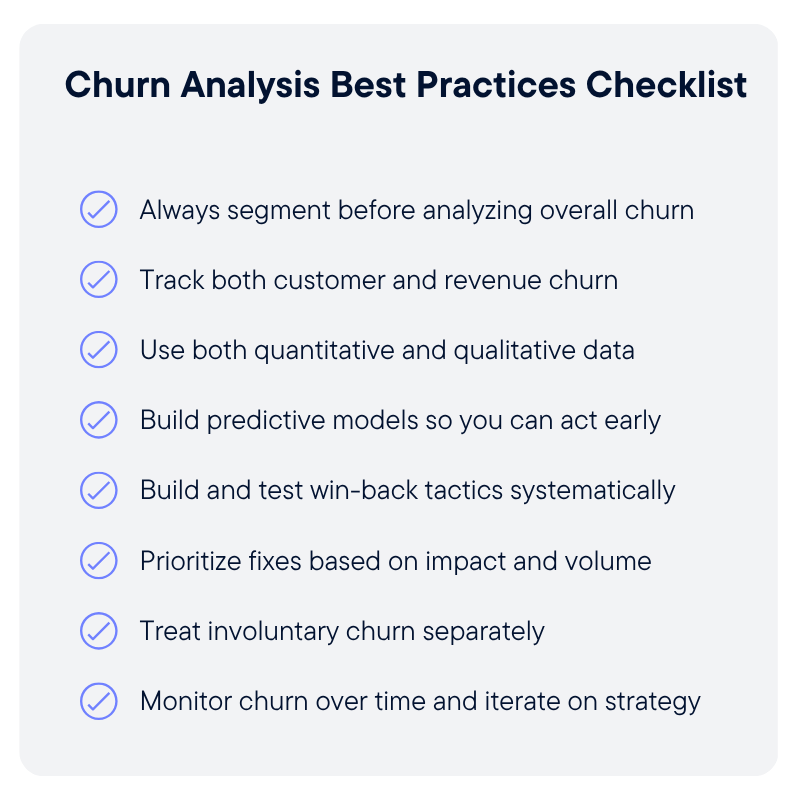
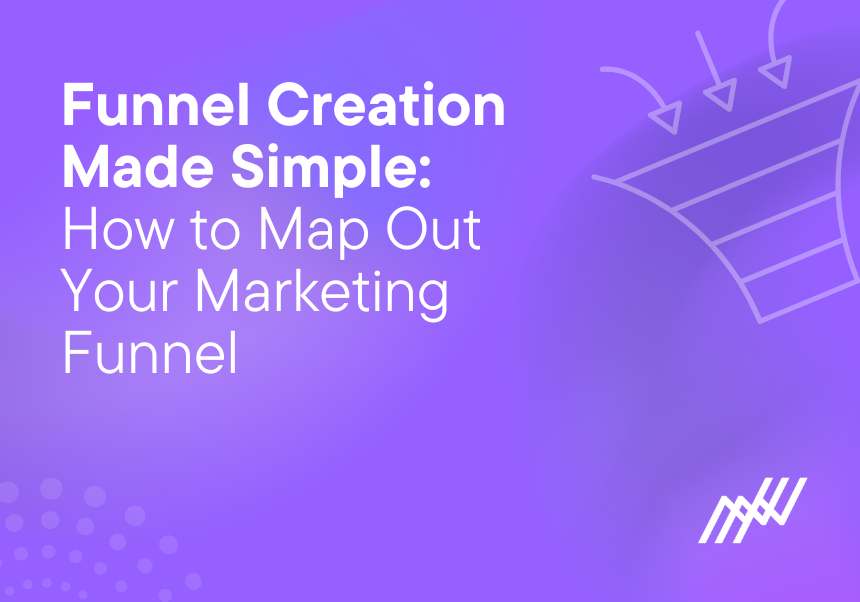
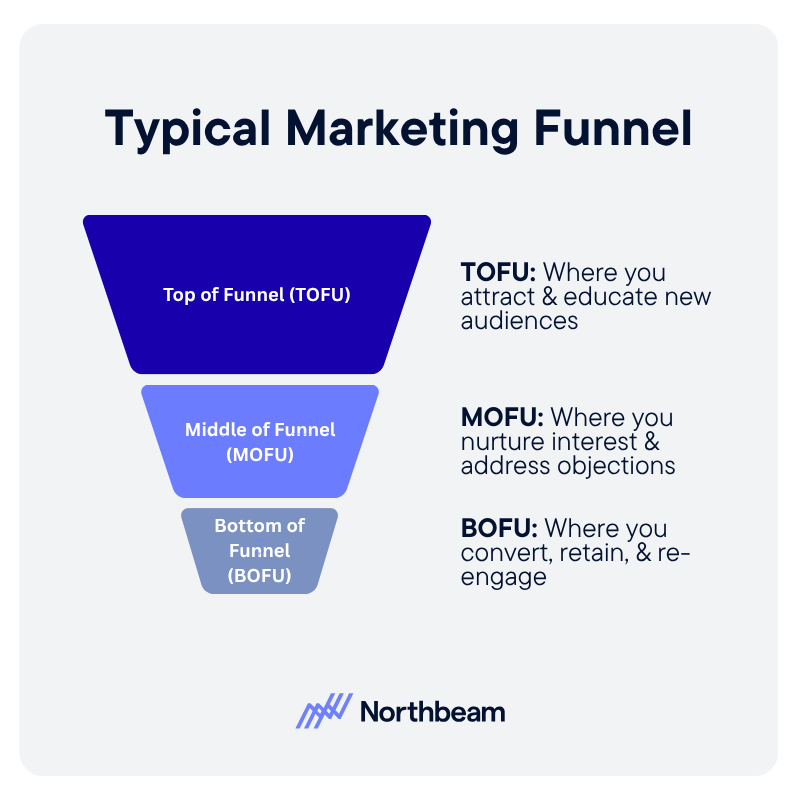

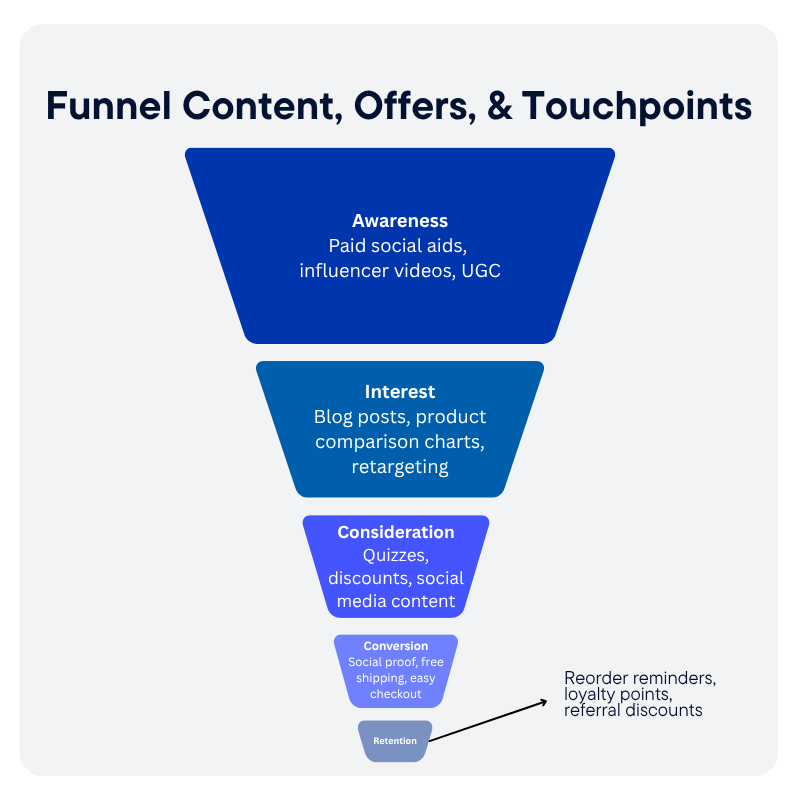
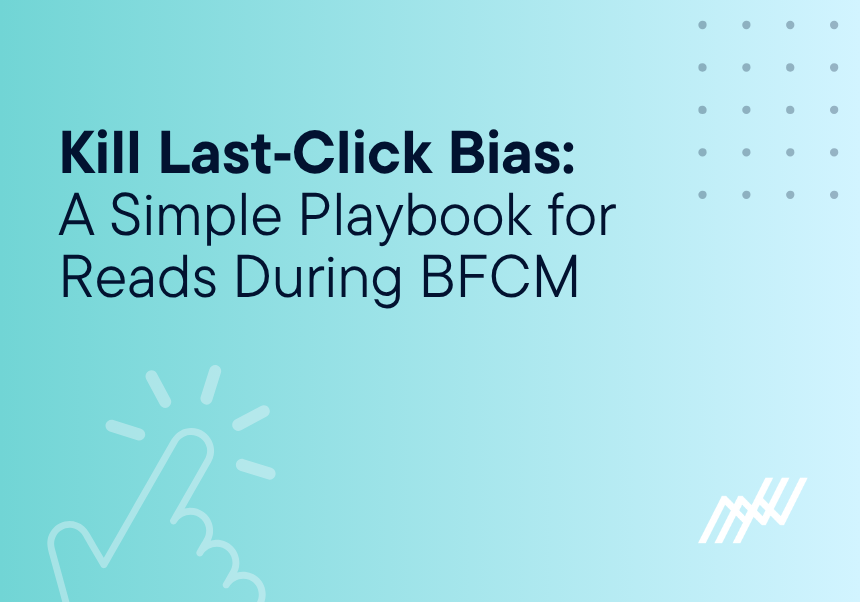

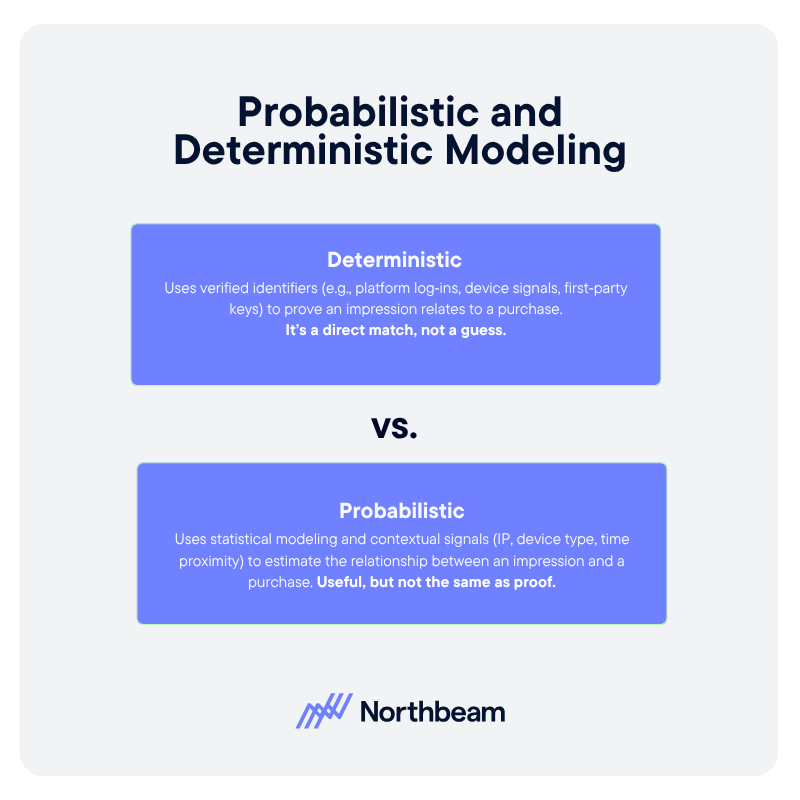





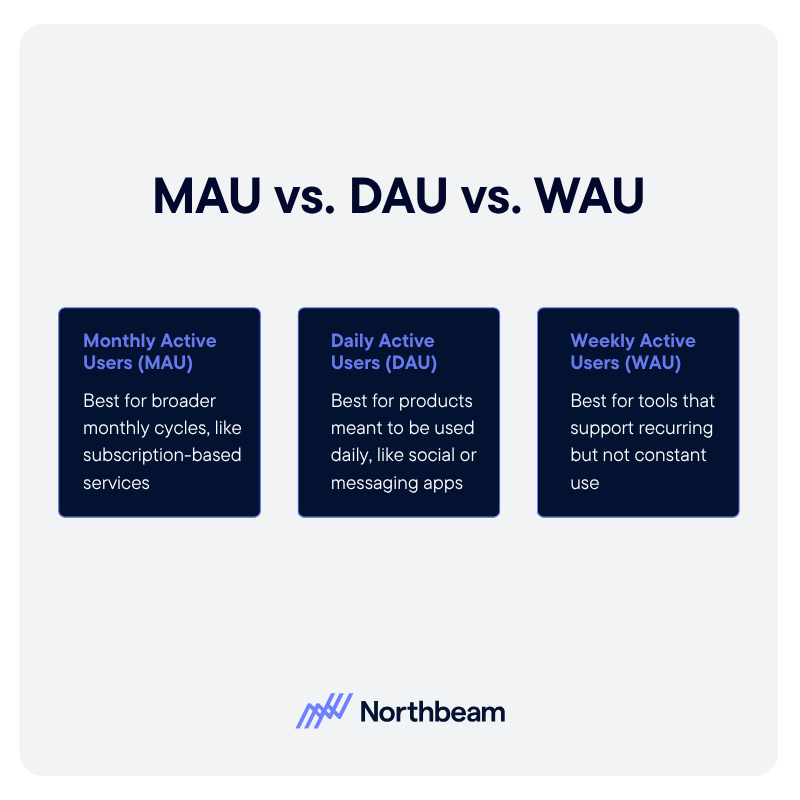



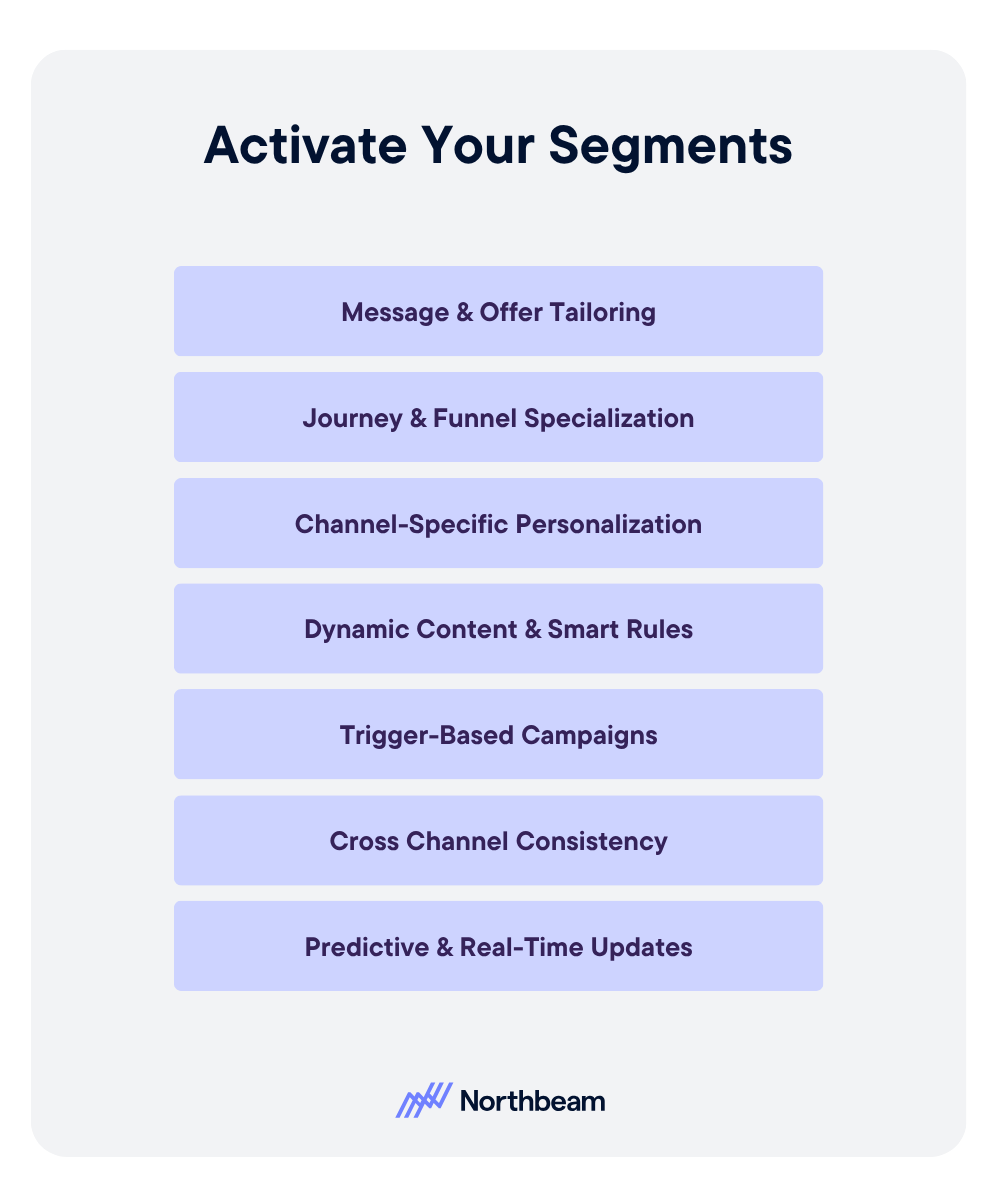
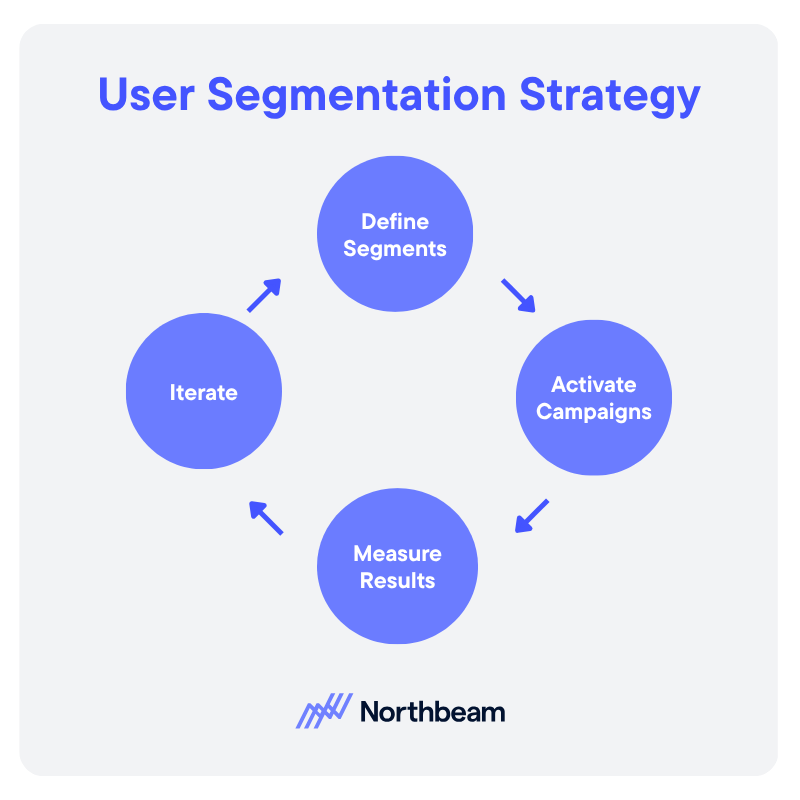






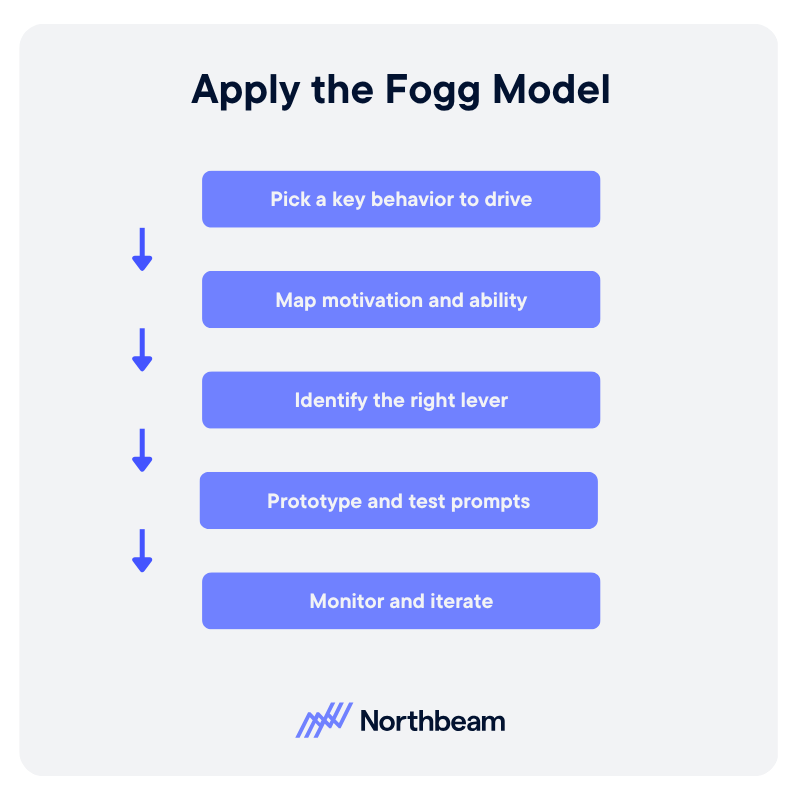

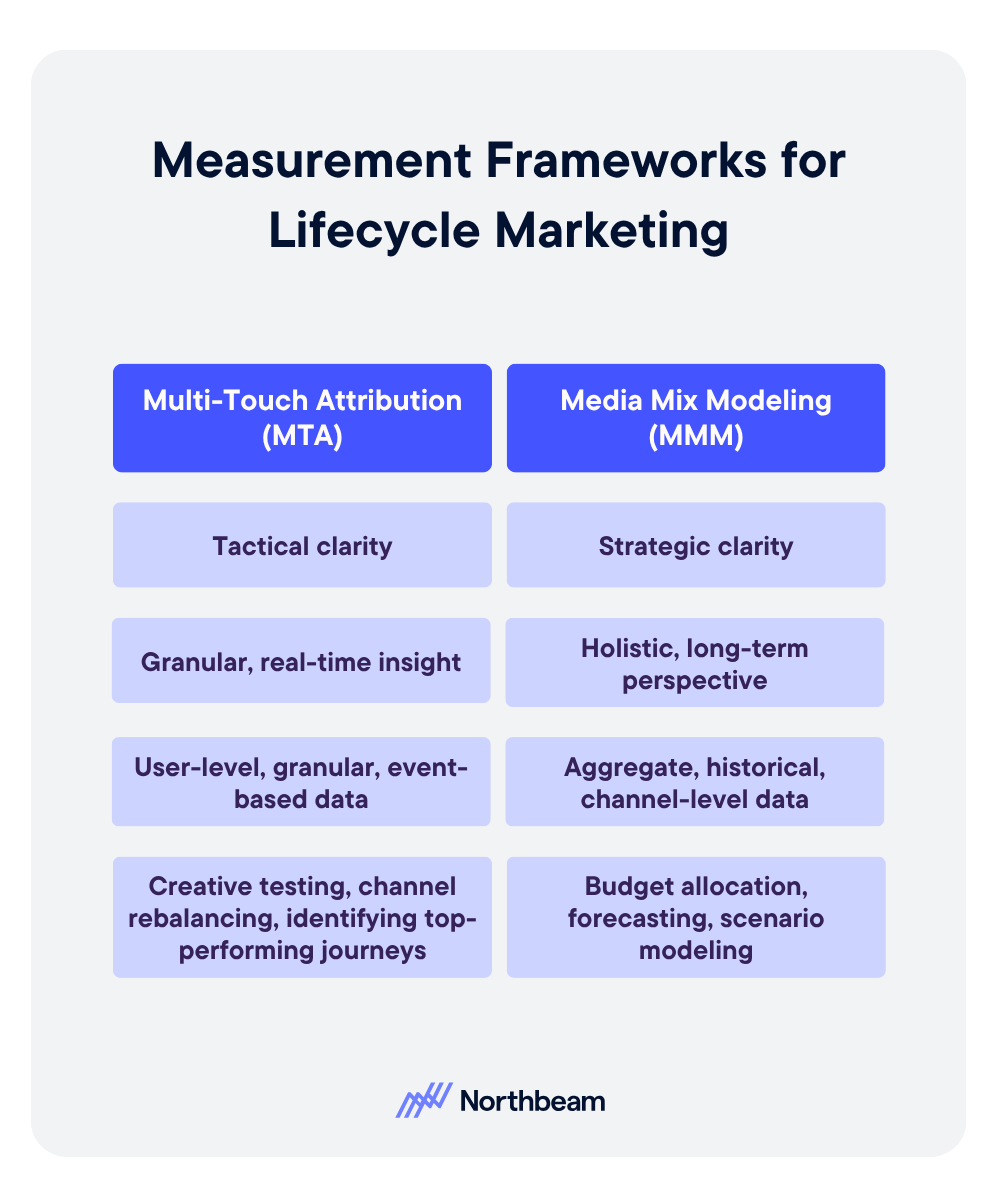
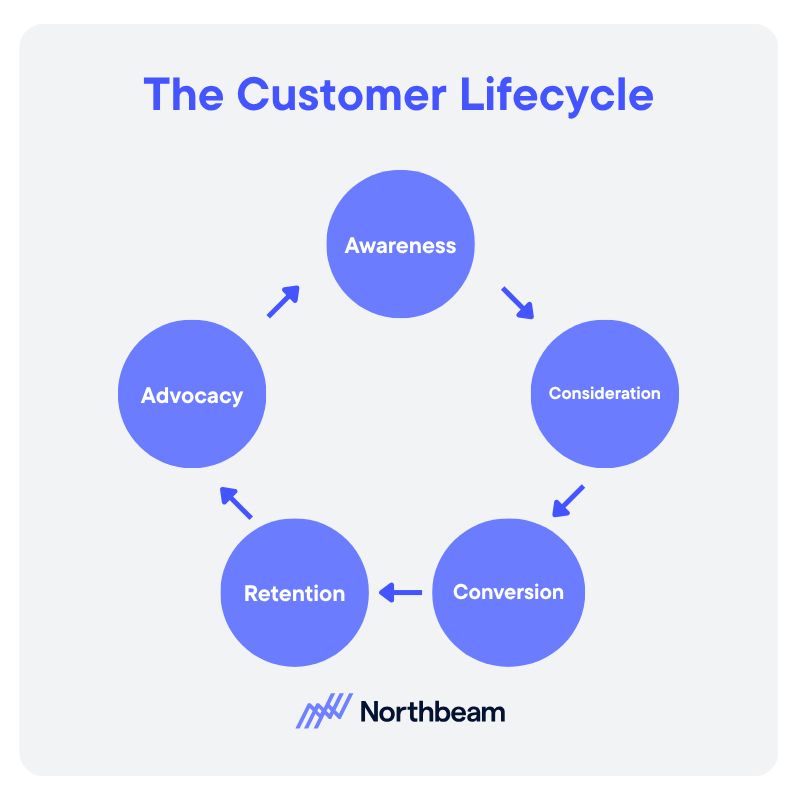
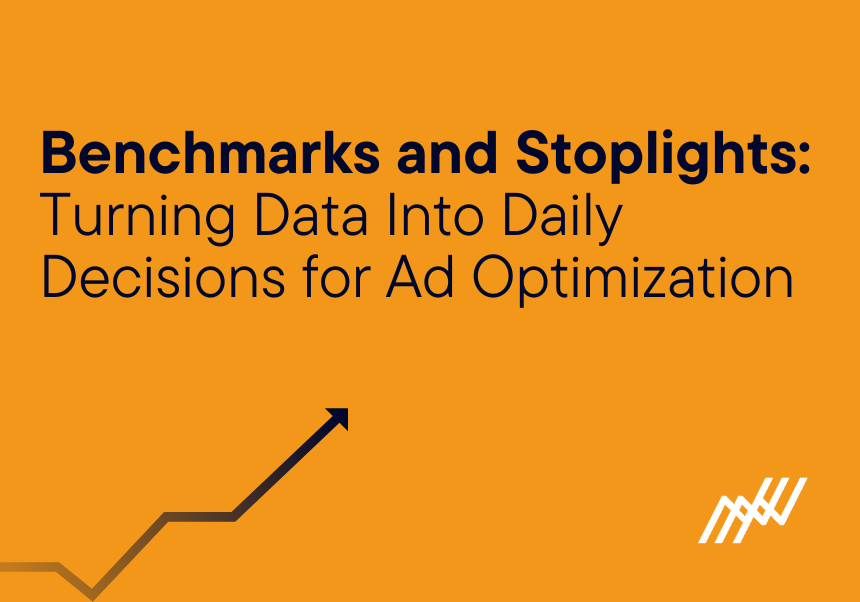

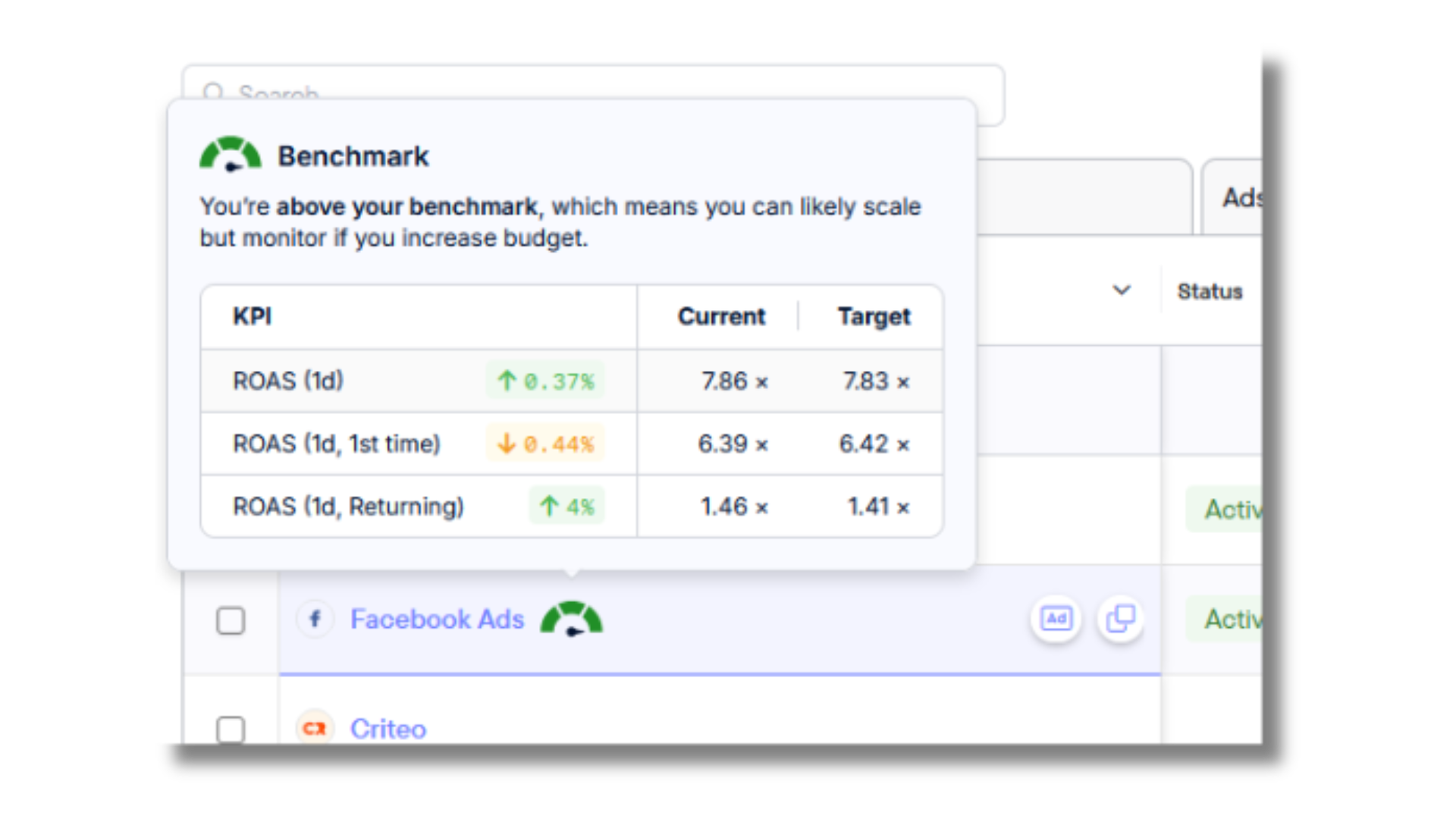
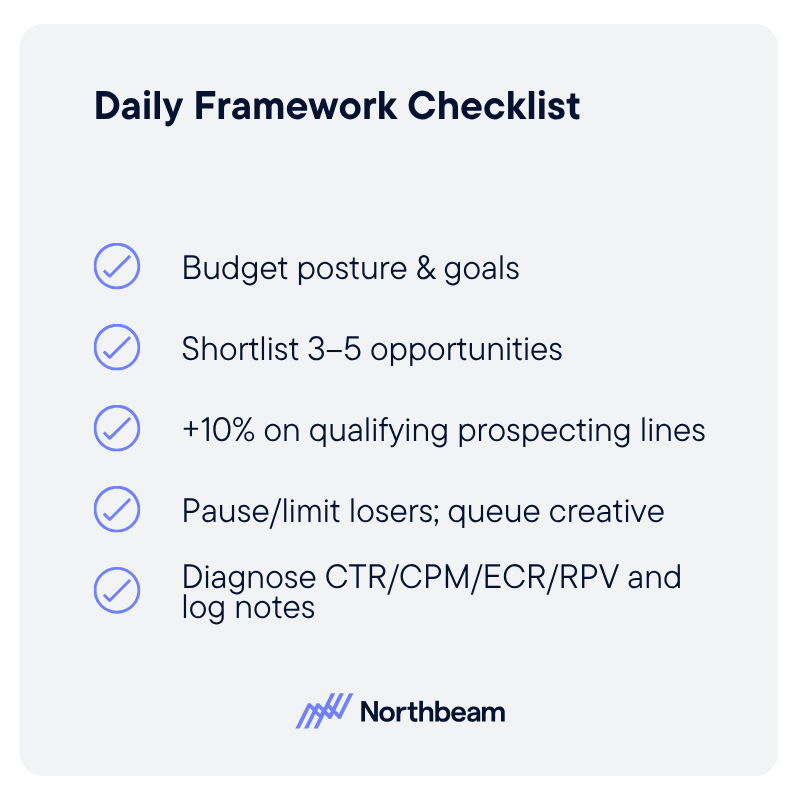
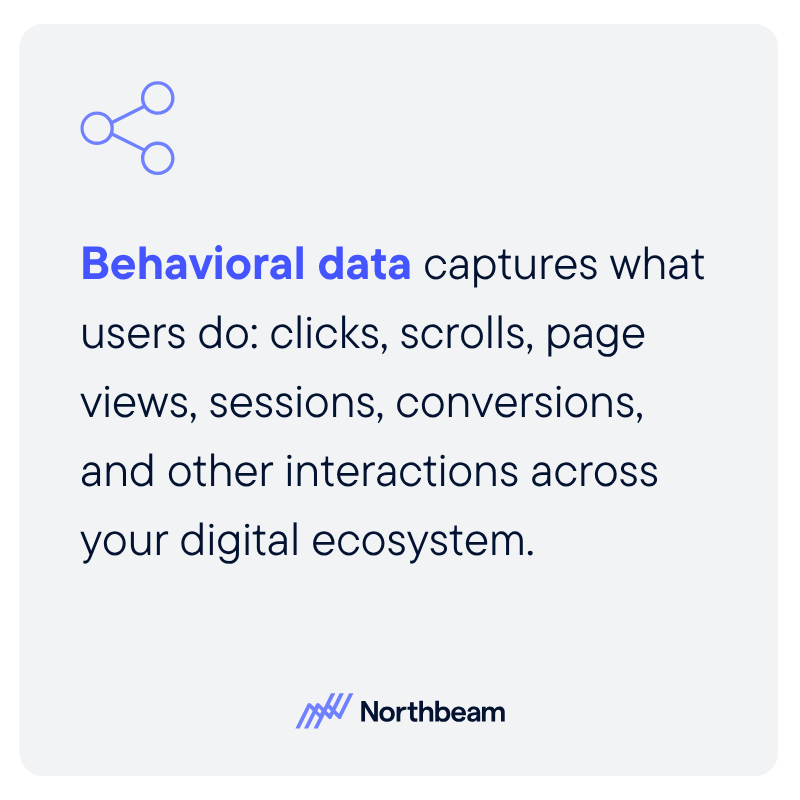
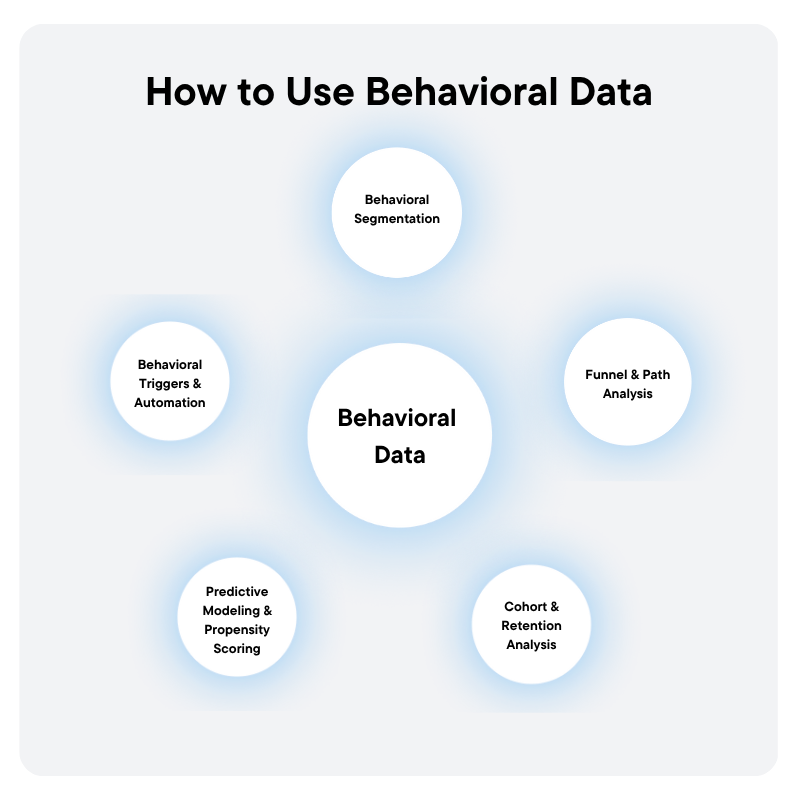
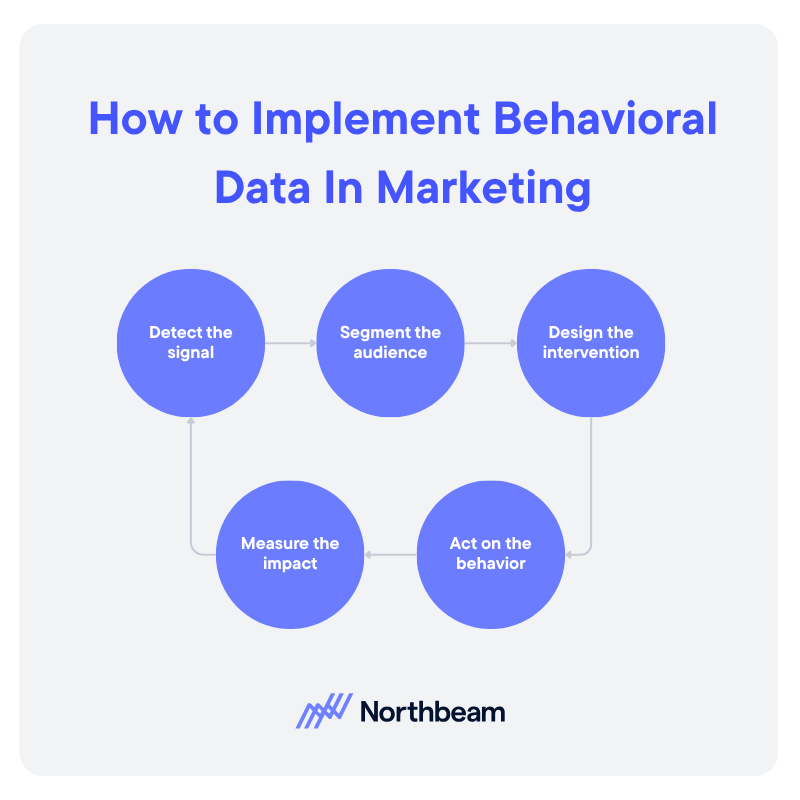

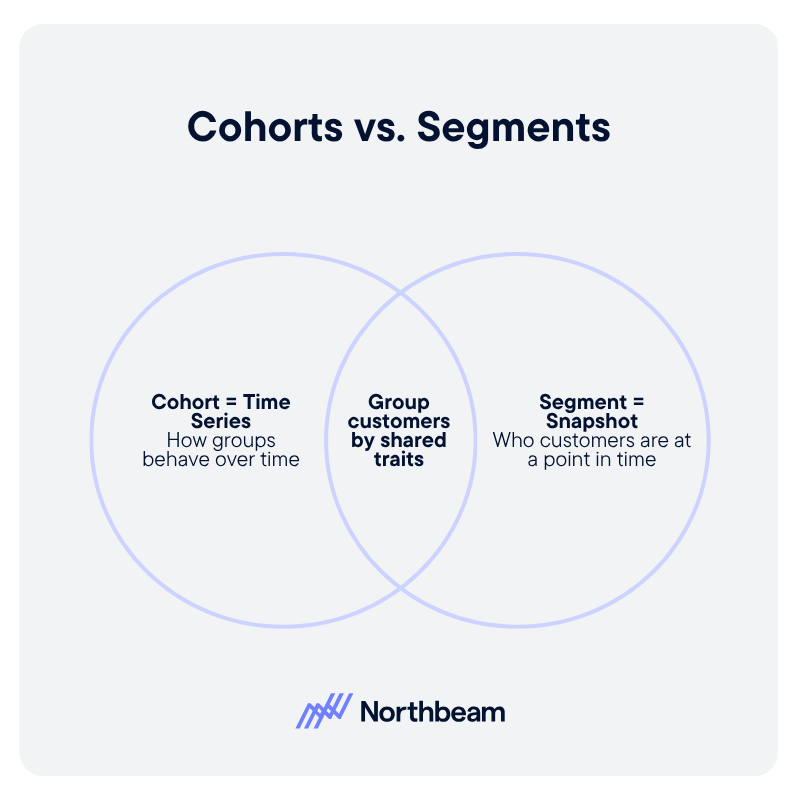
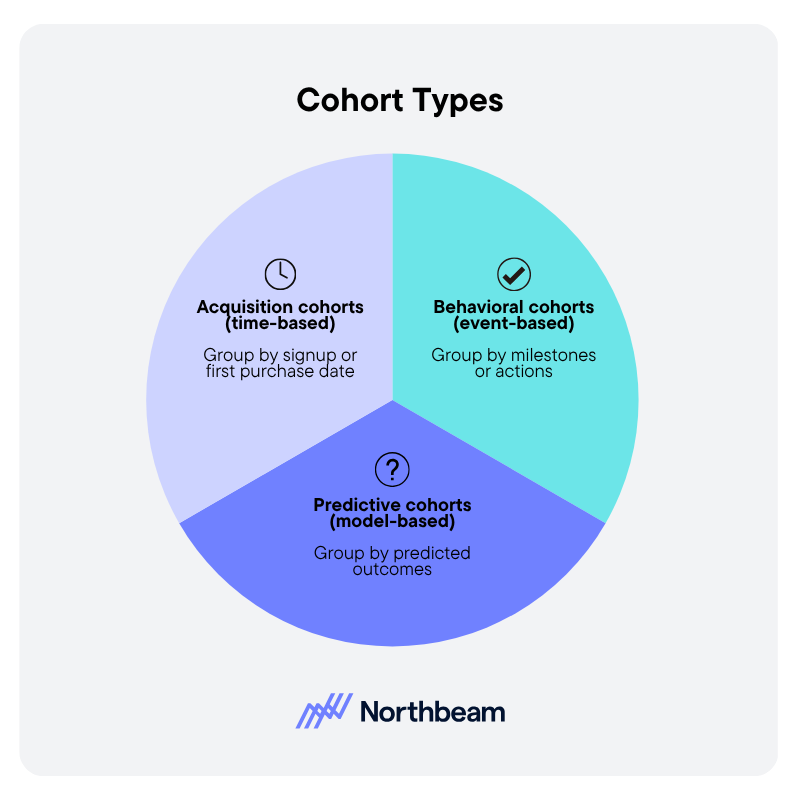
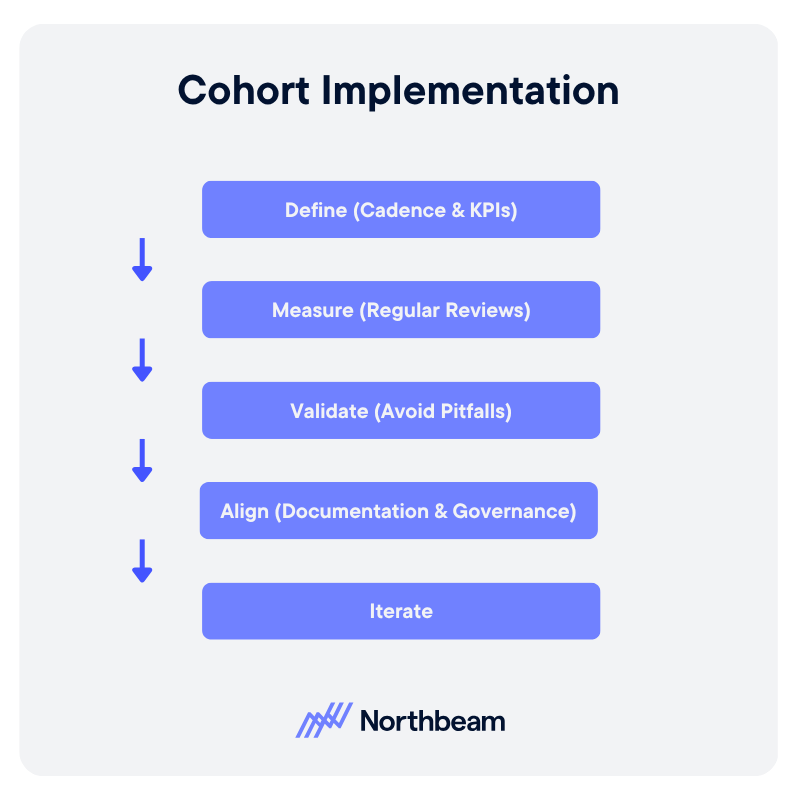
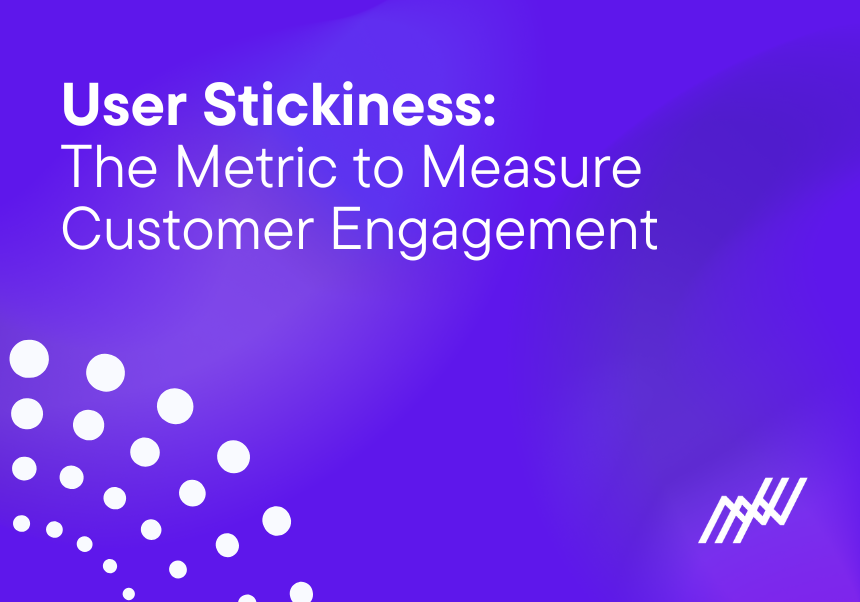
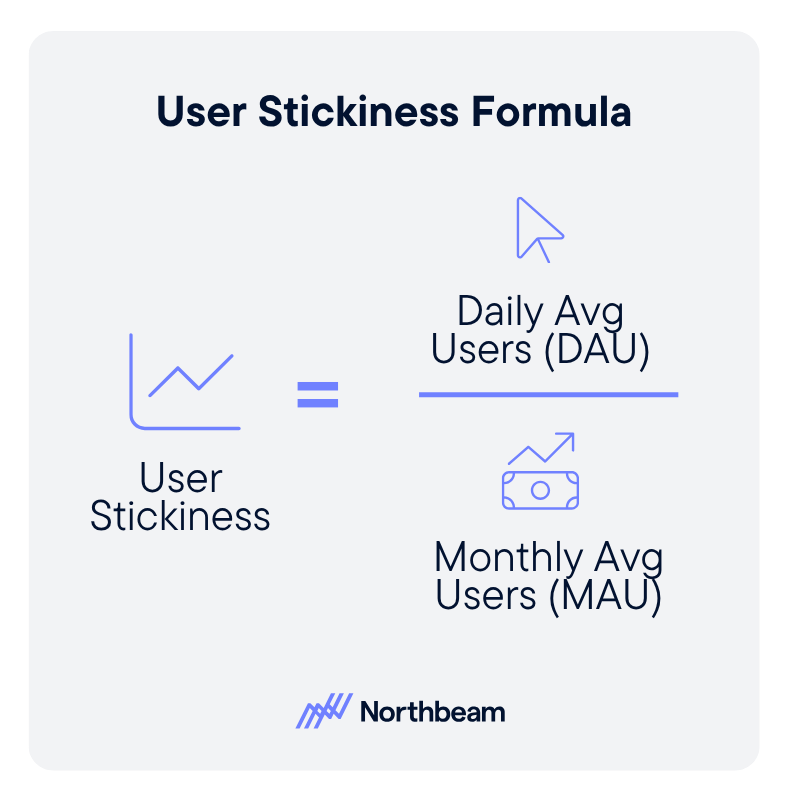
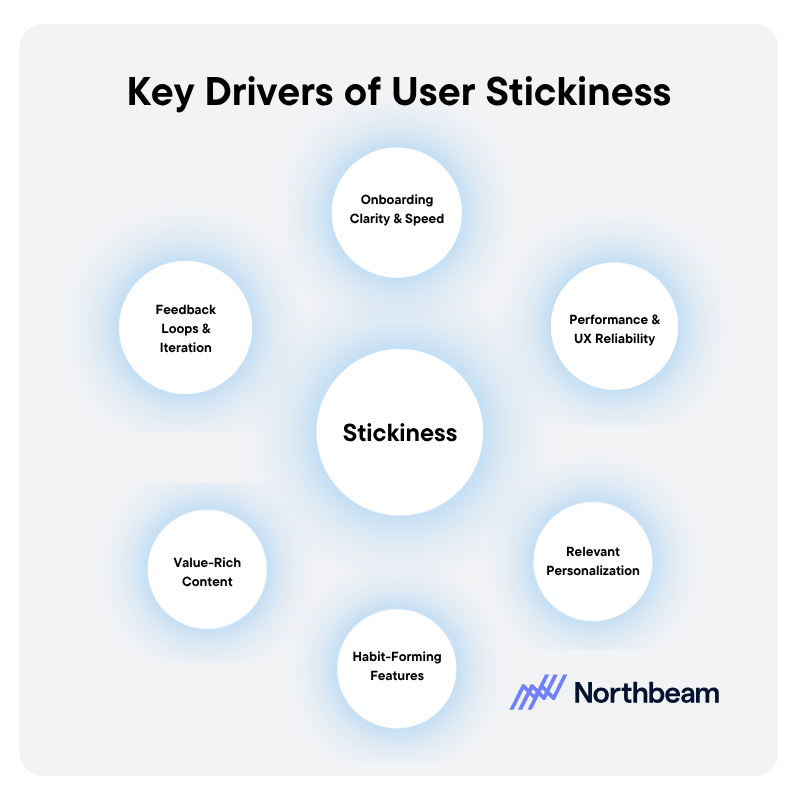
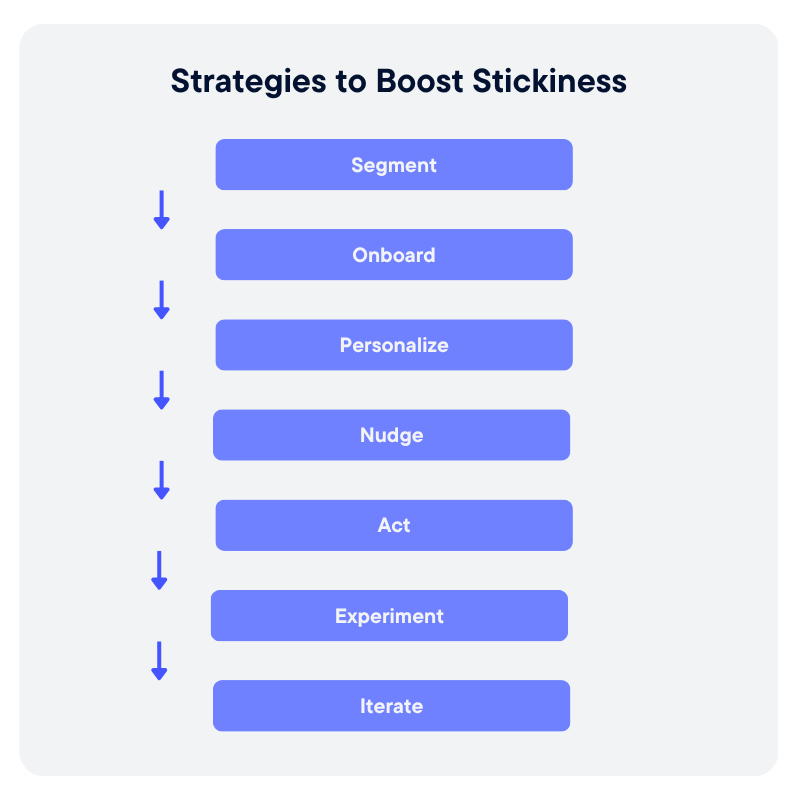

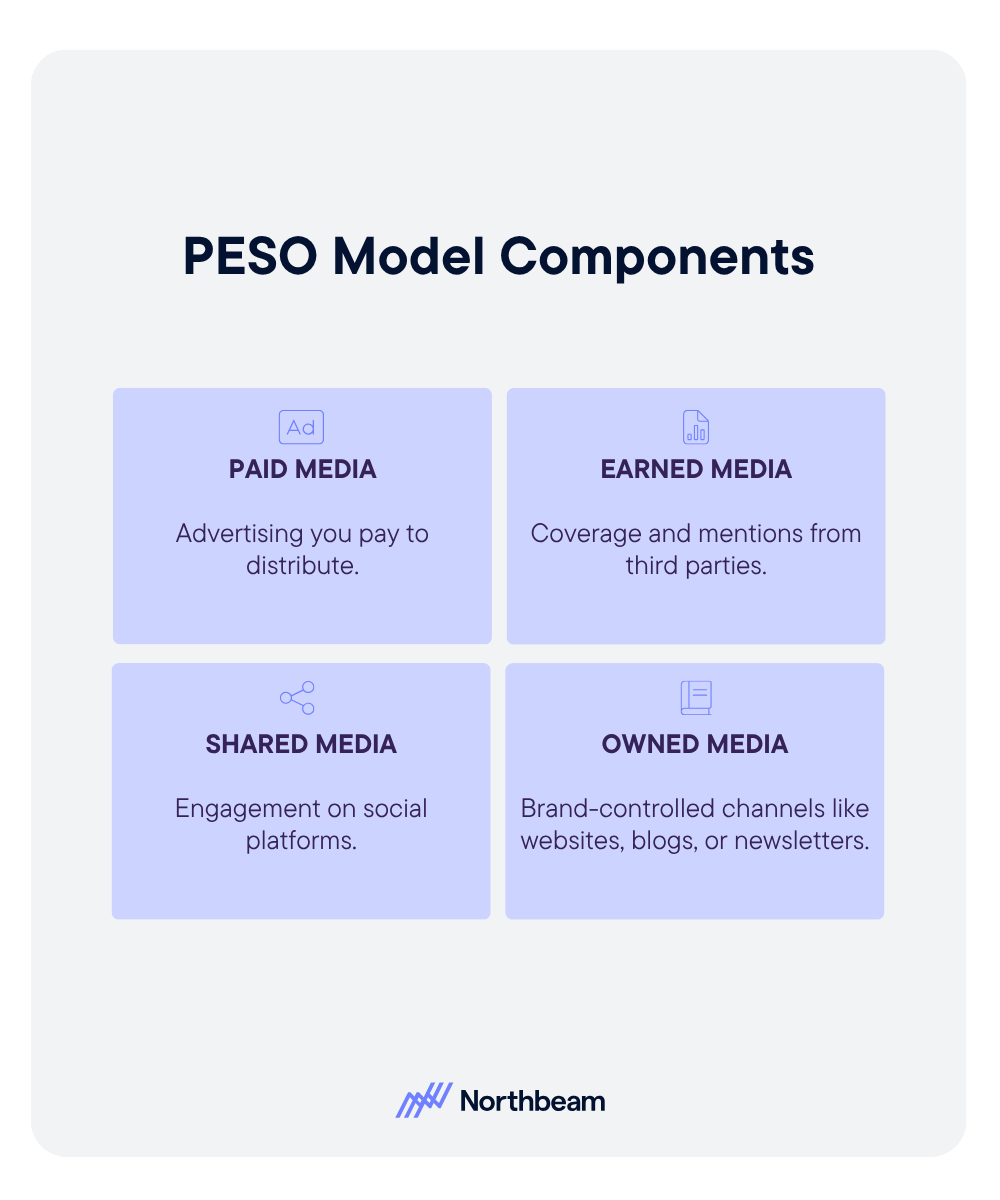
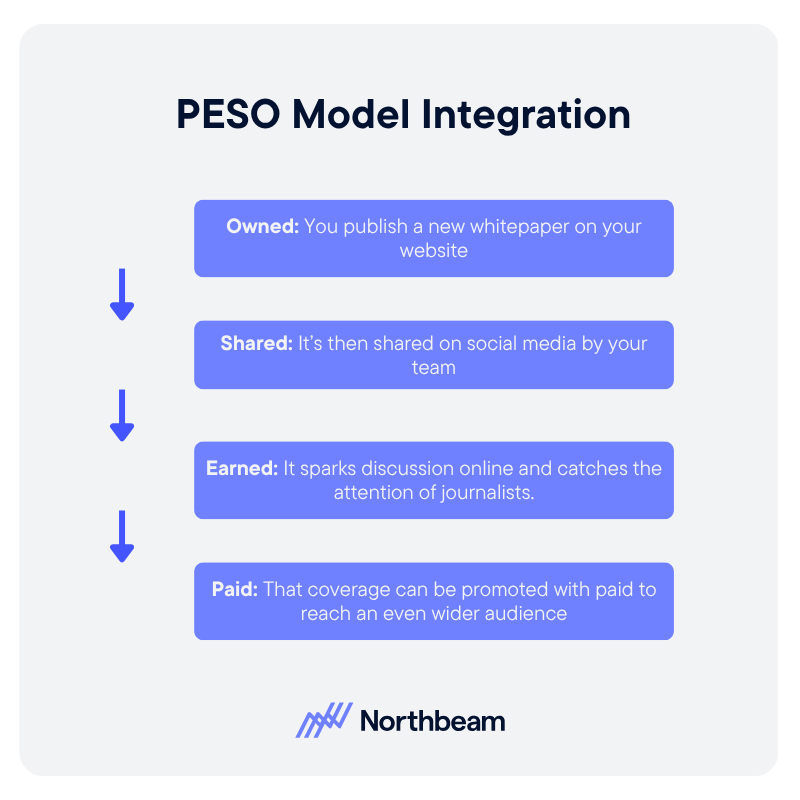
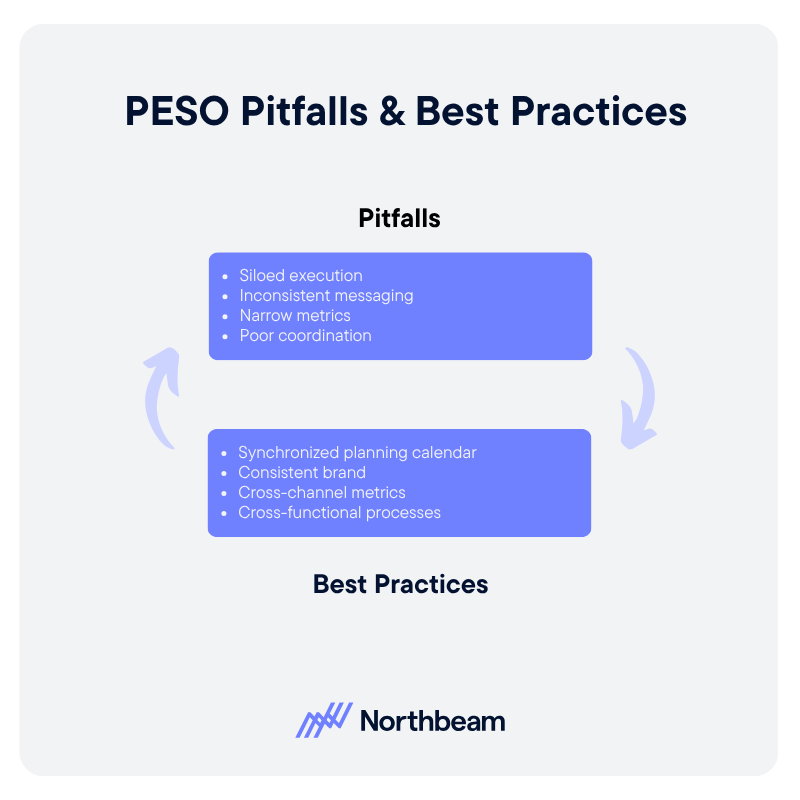


.png)





.png)





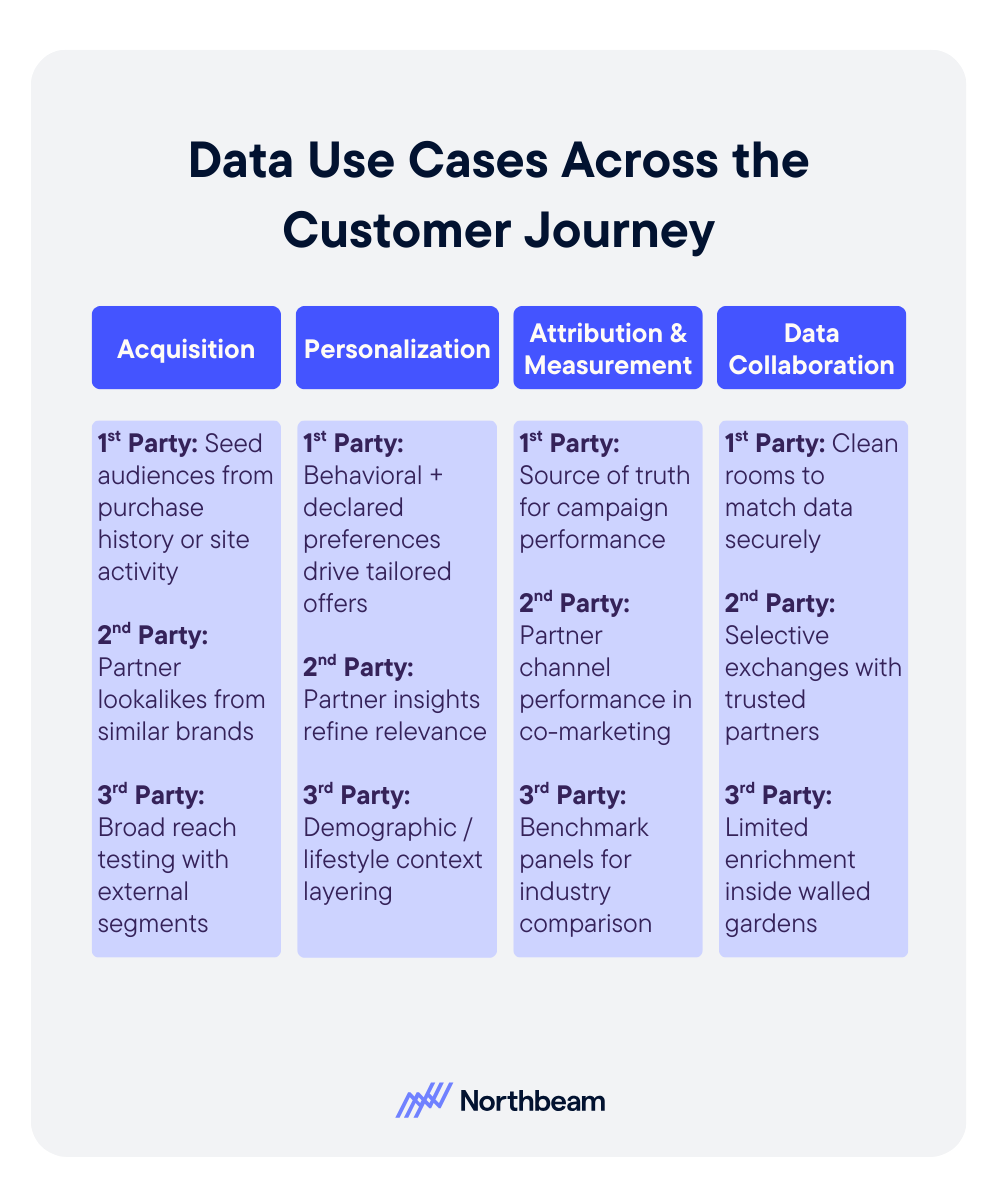

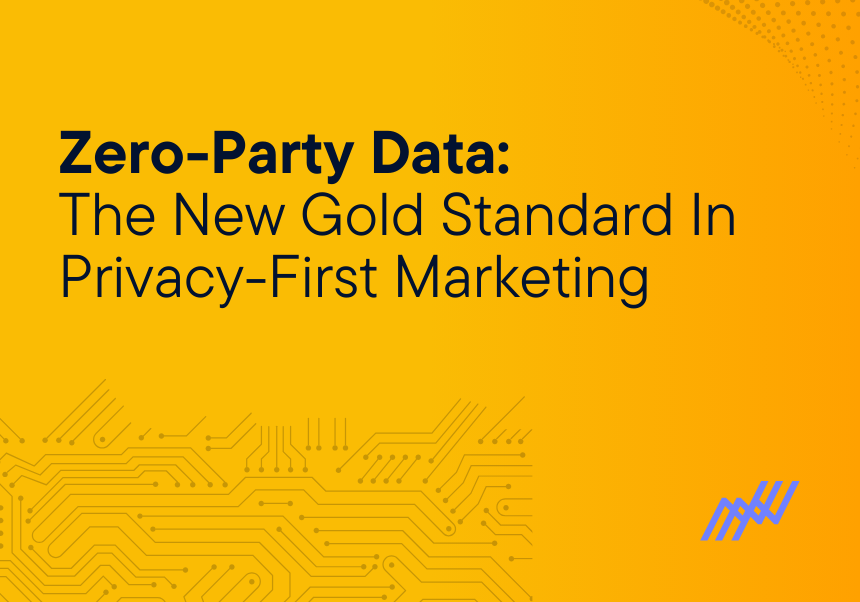
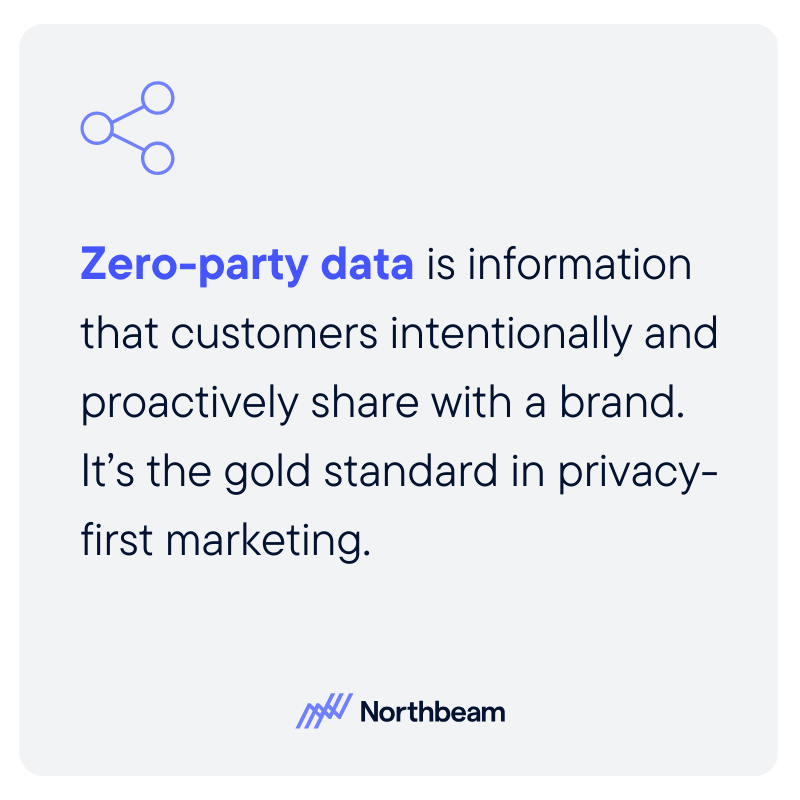
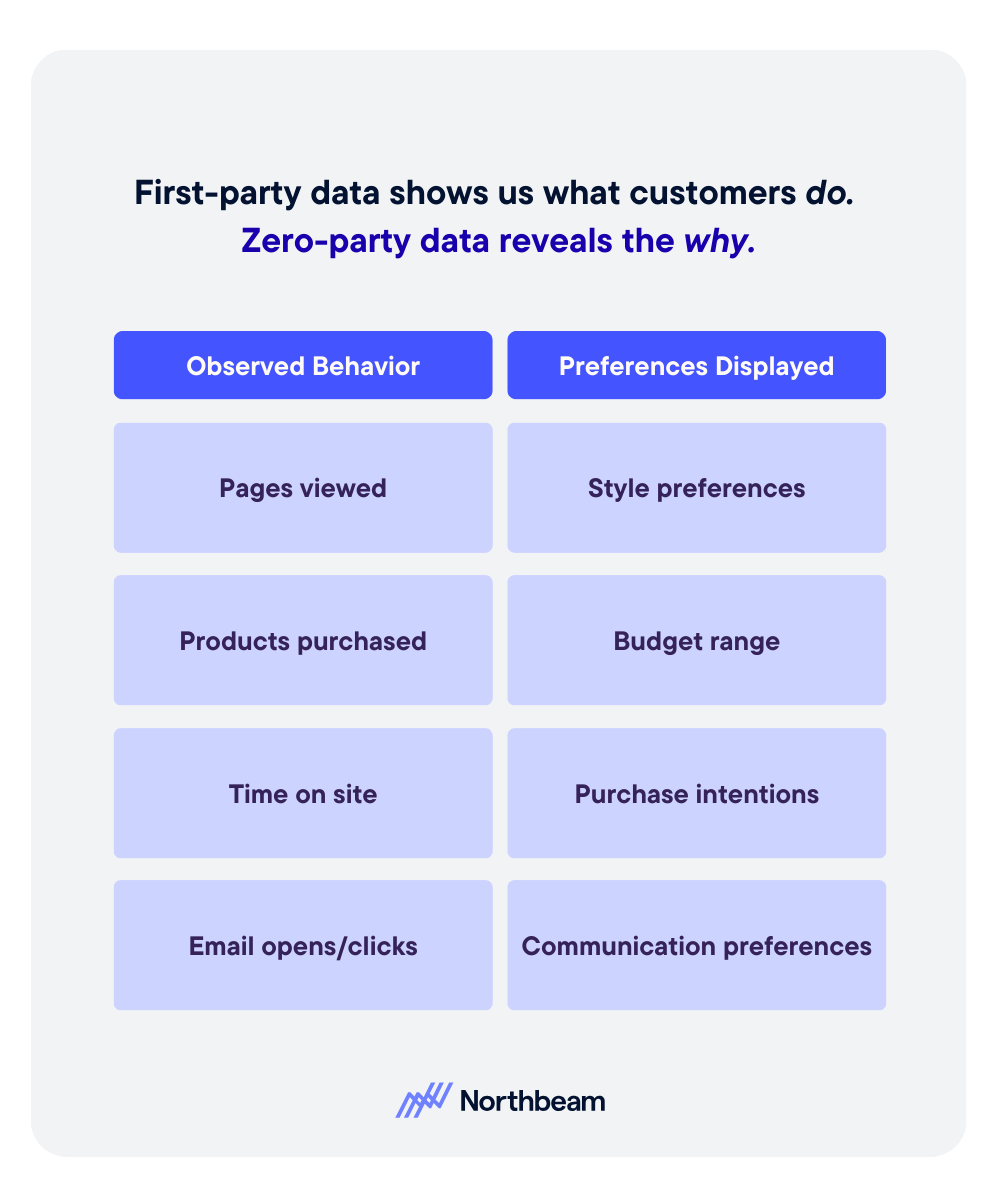
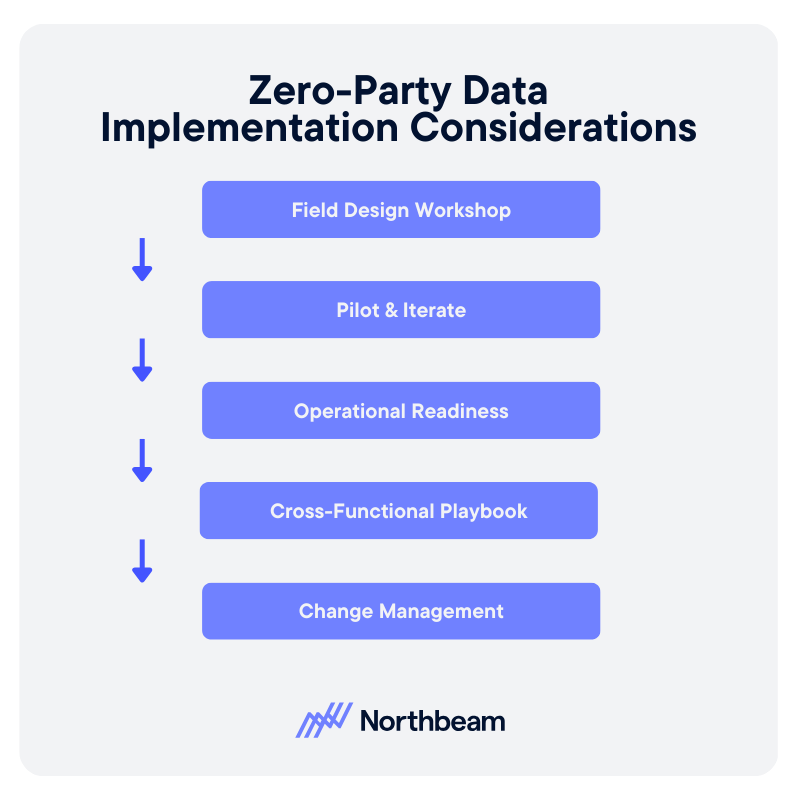



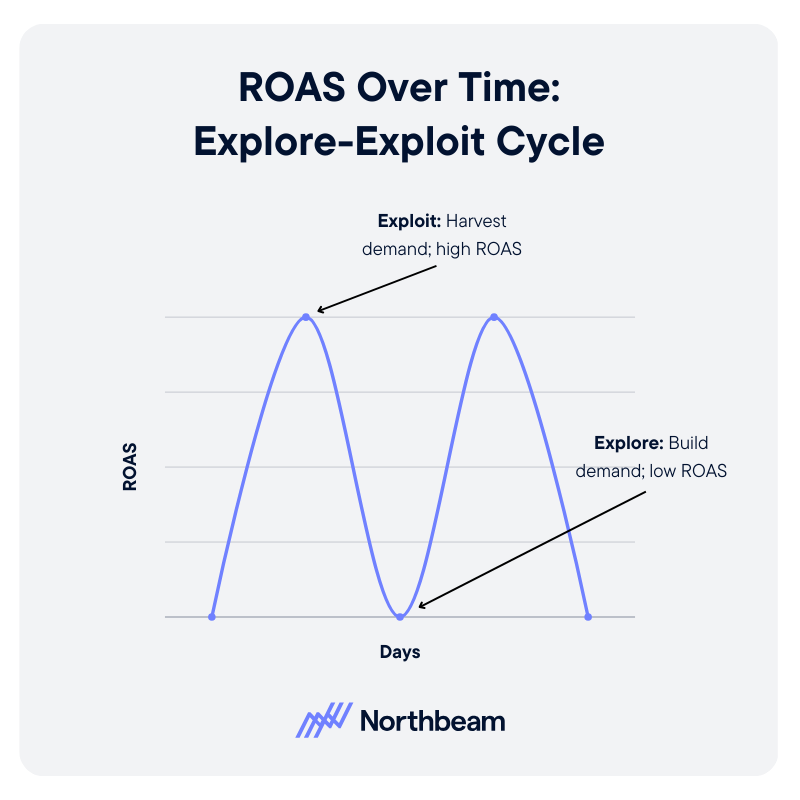


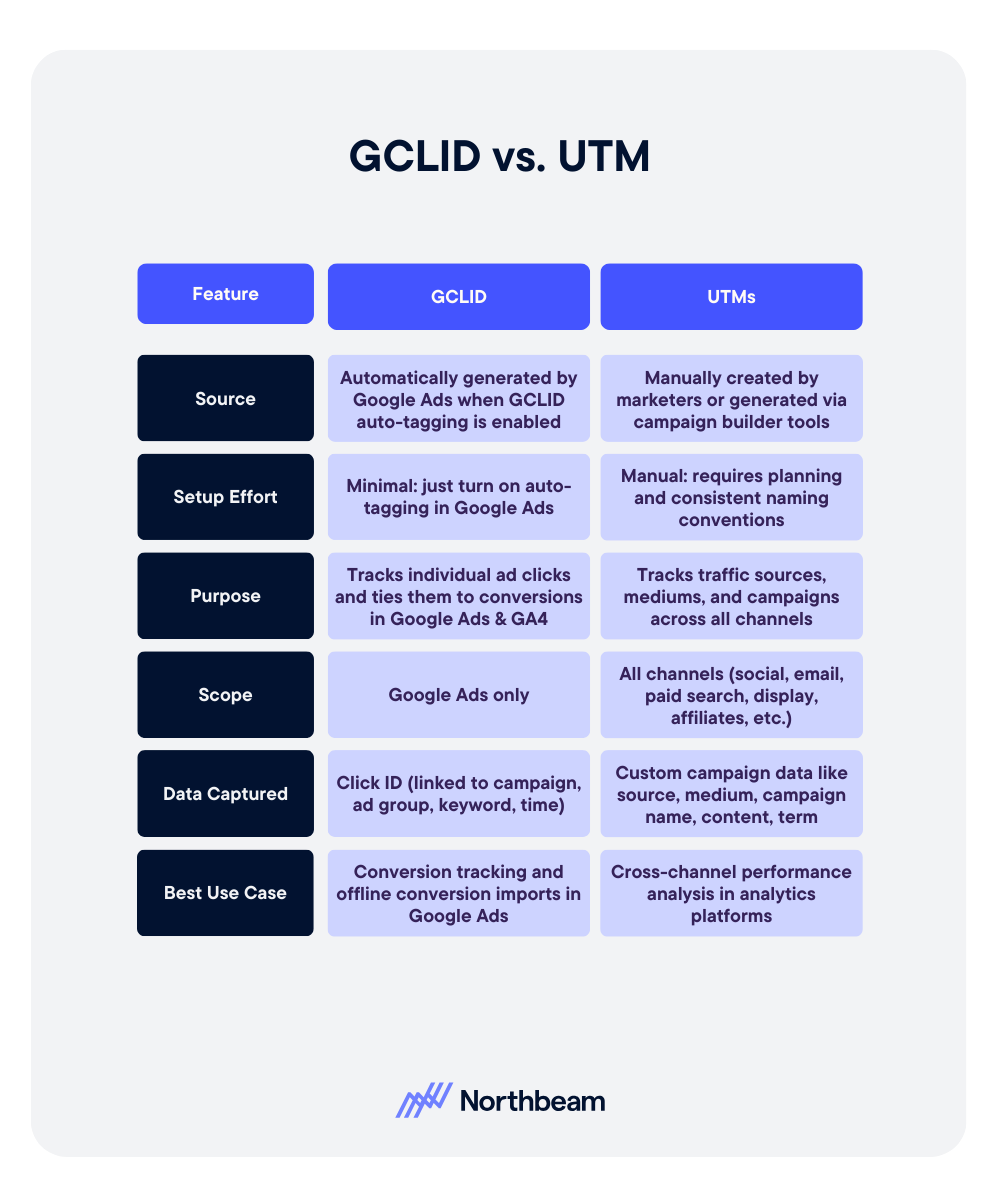
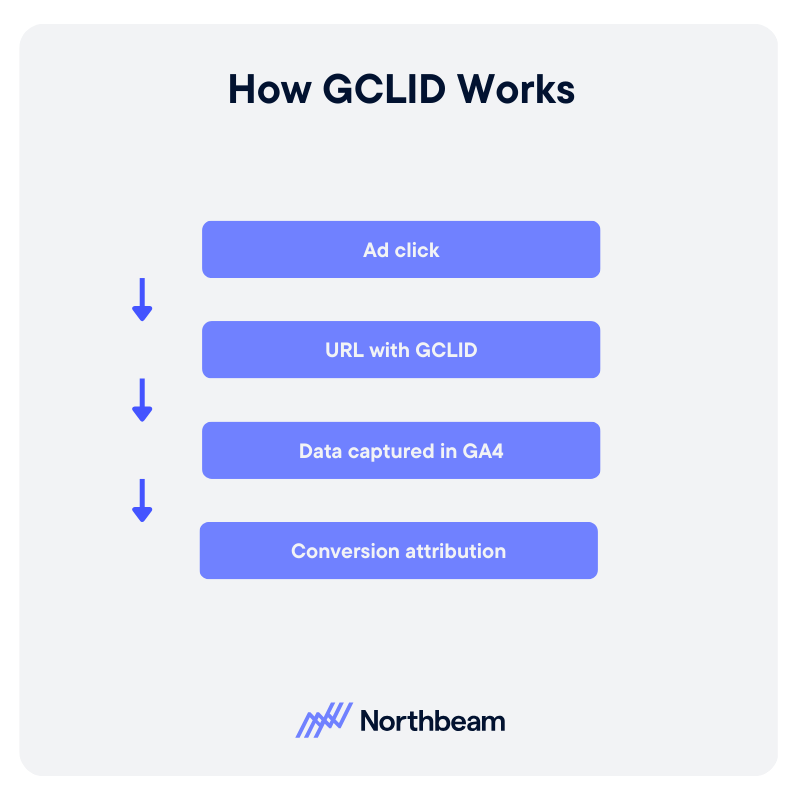
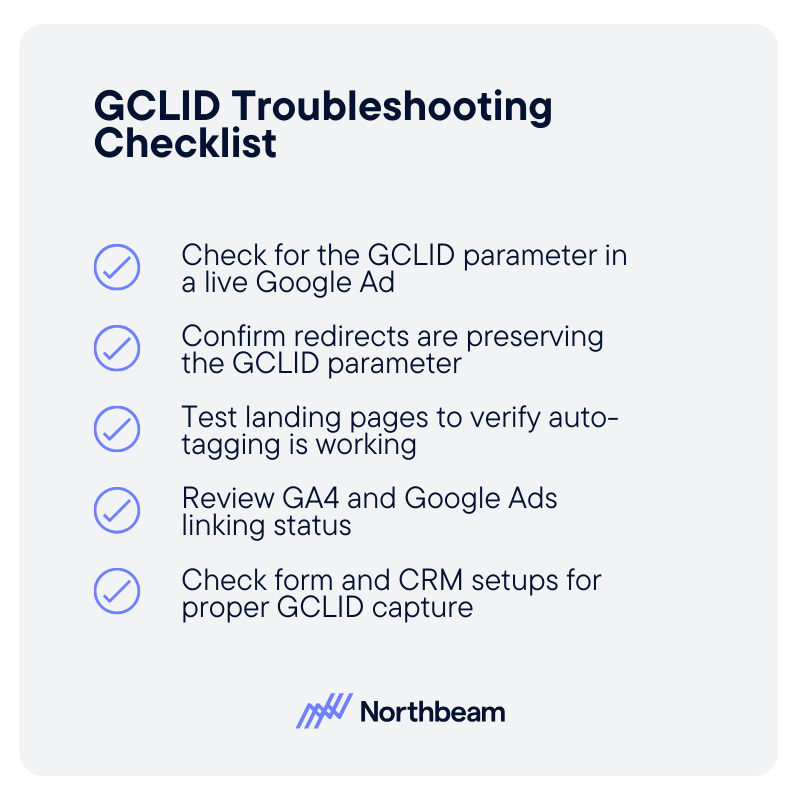




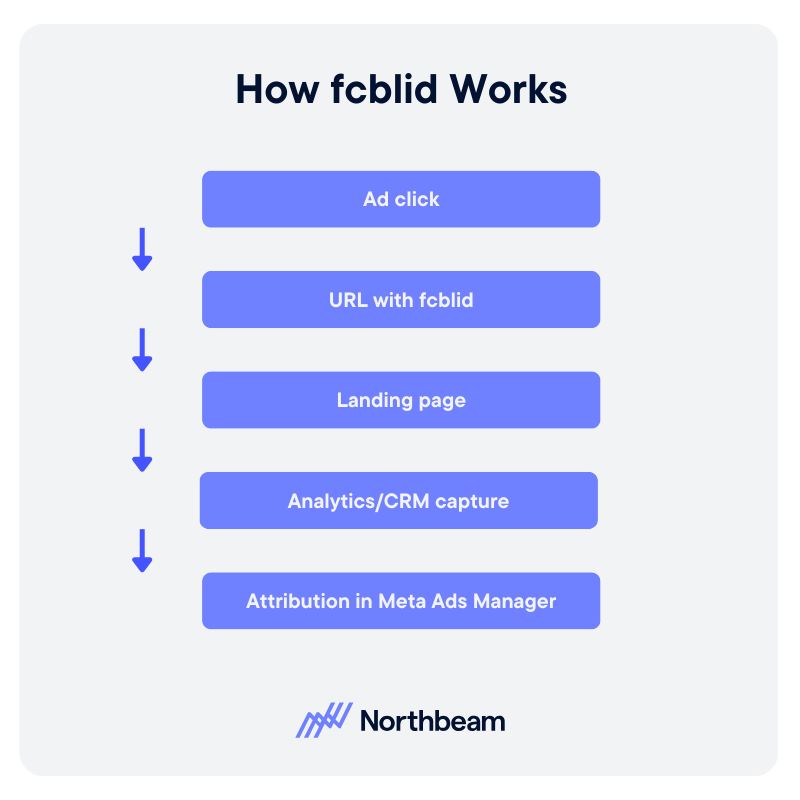


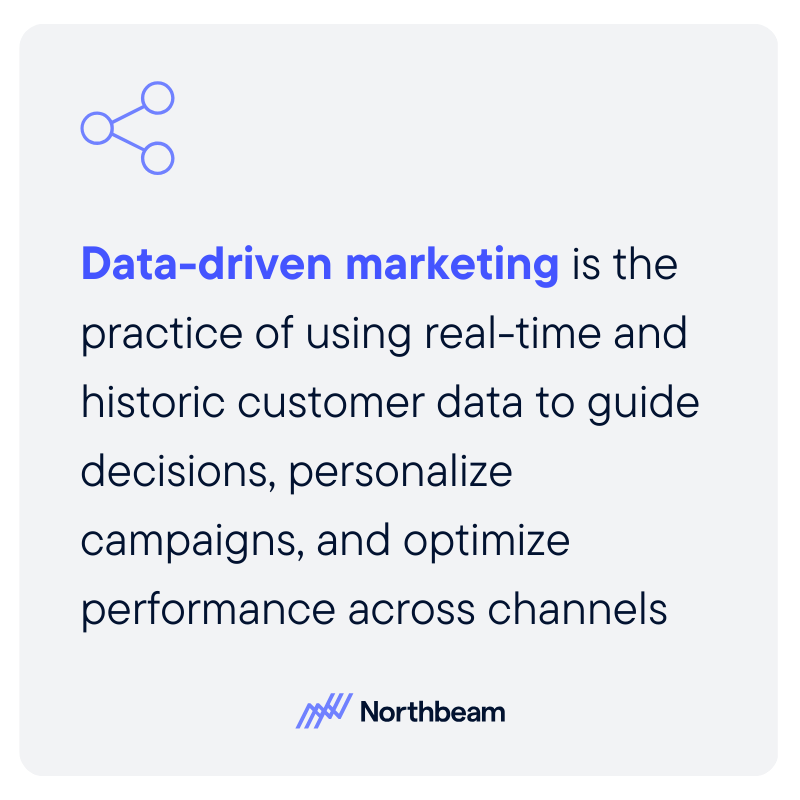
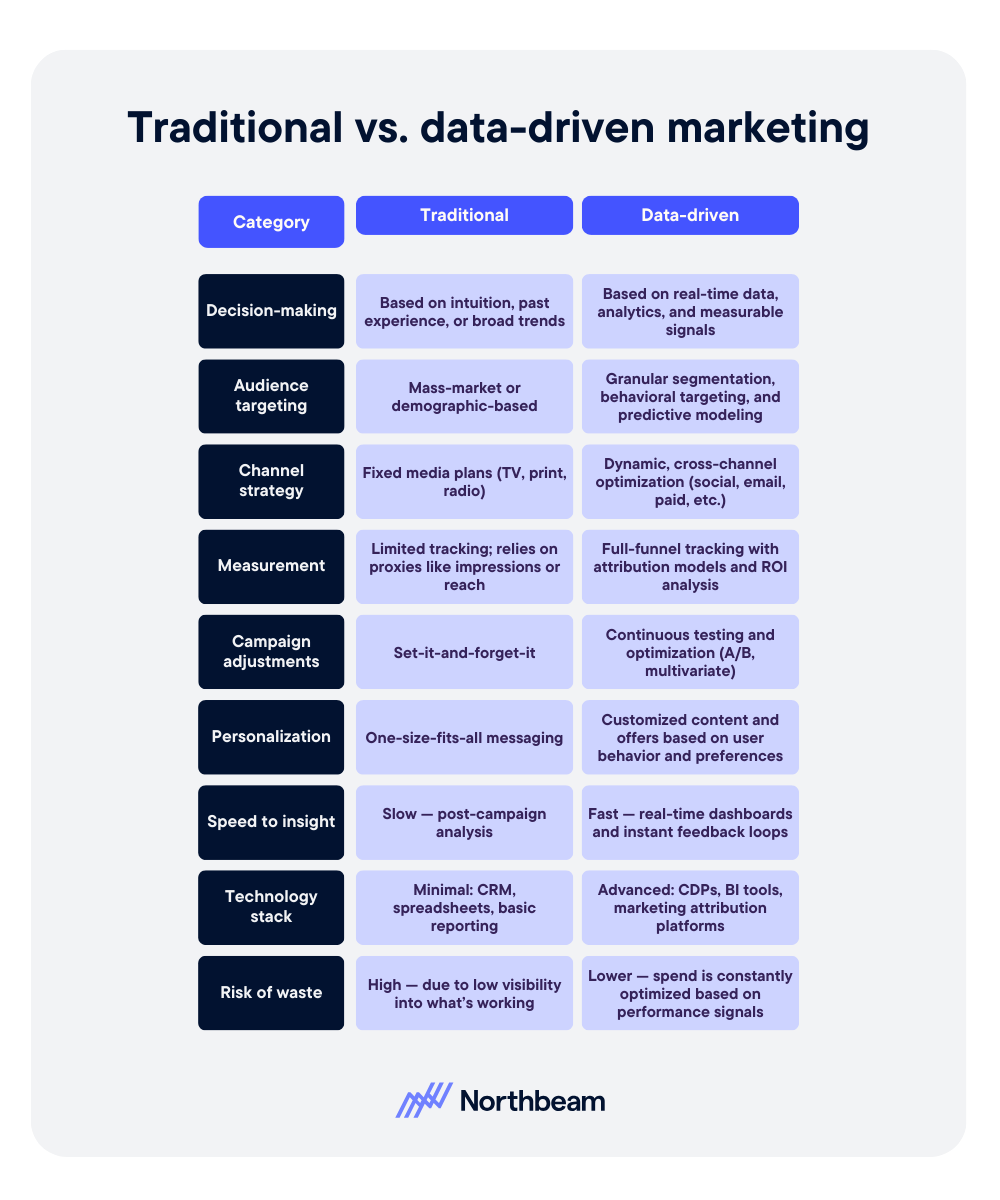
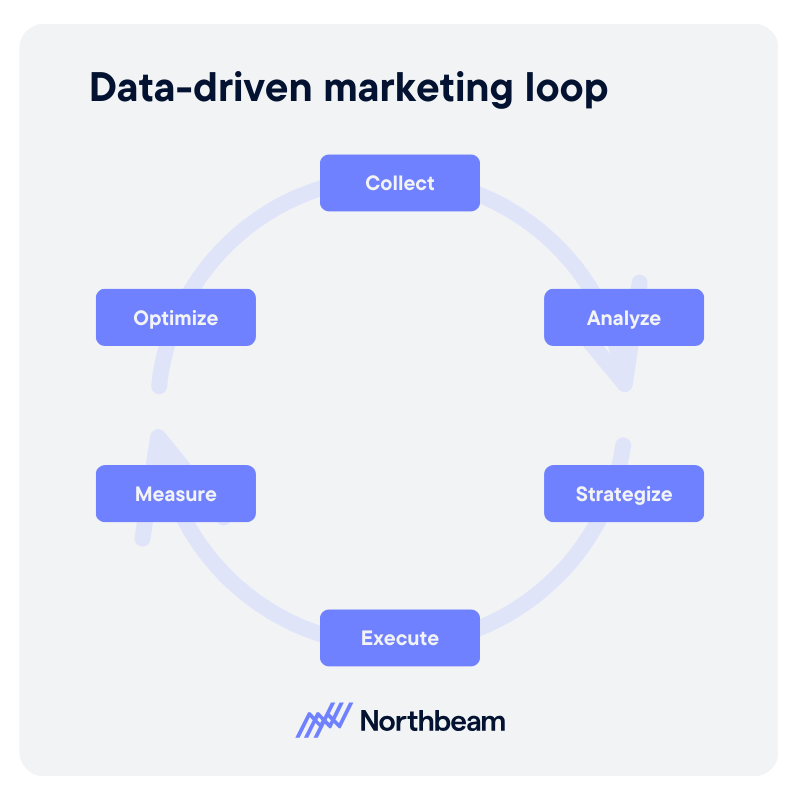







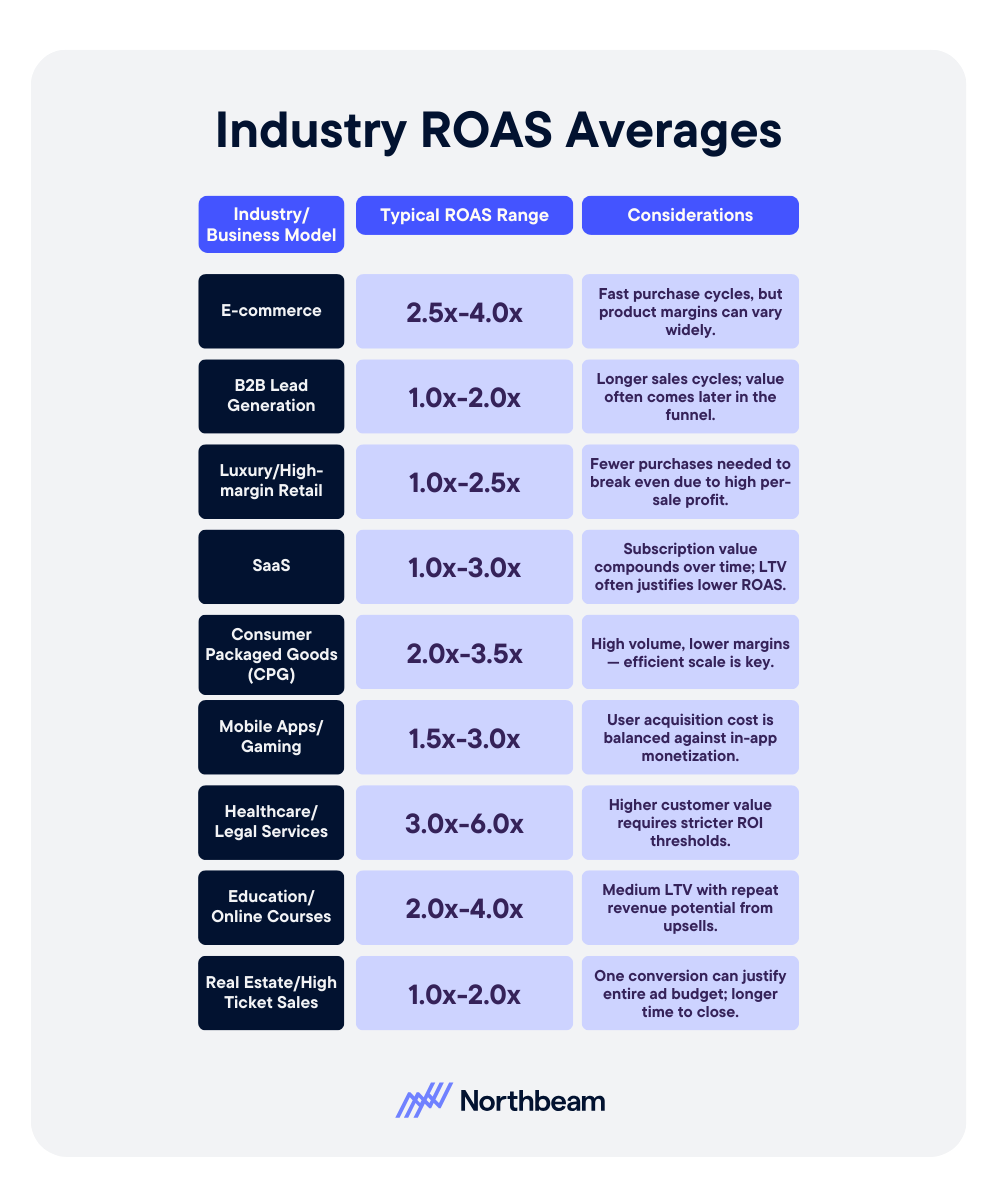
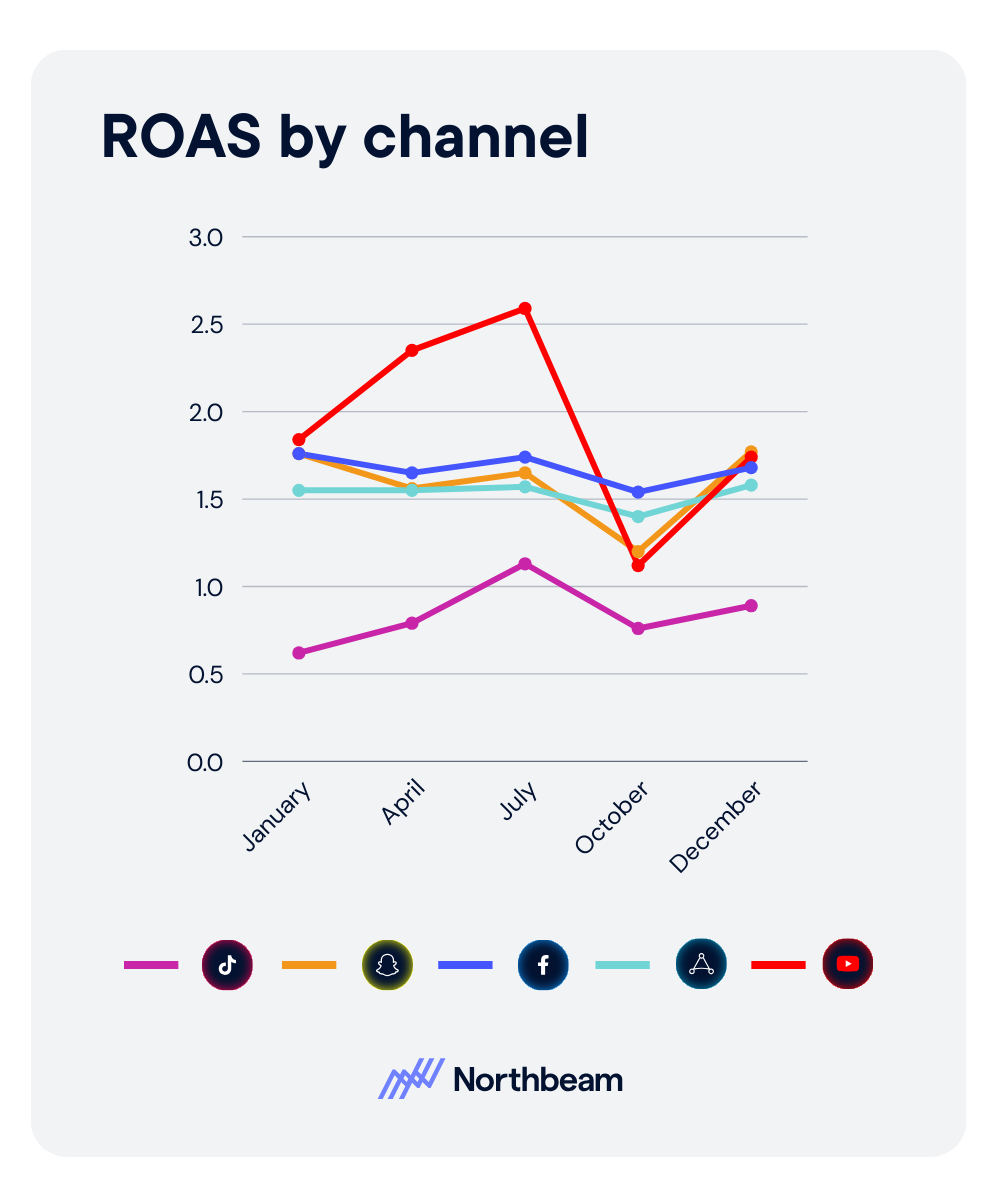



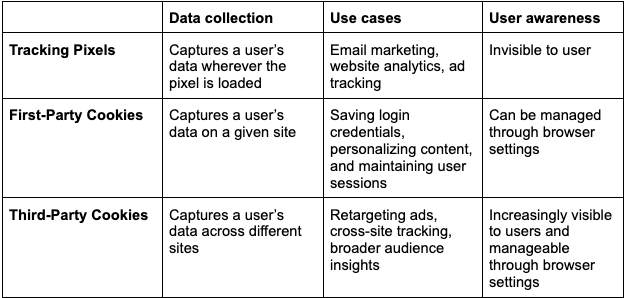

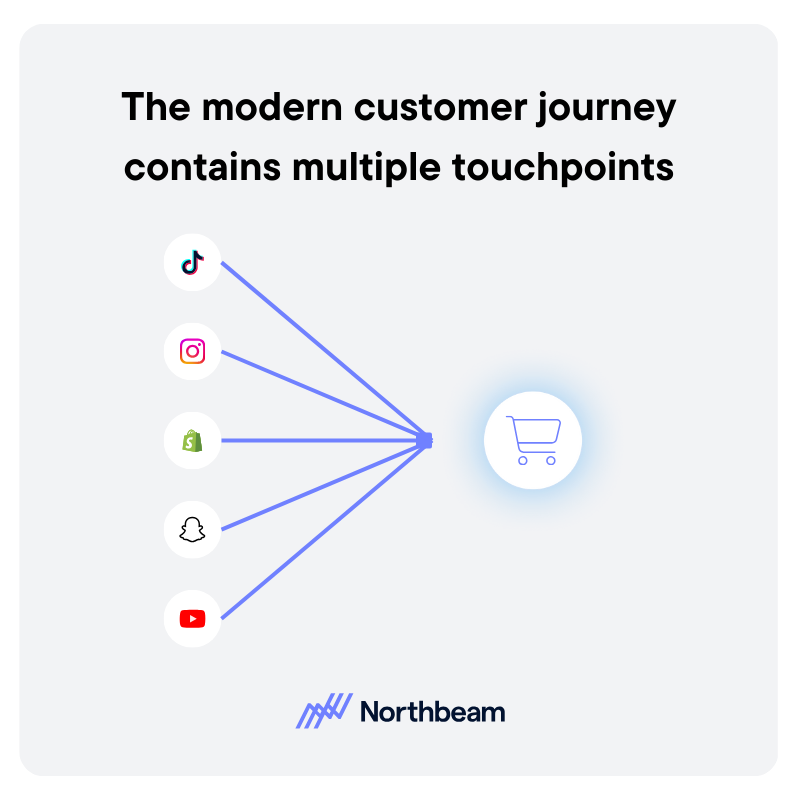
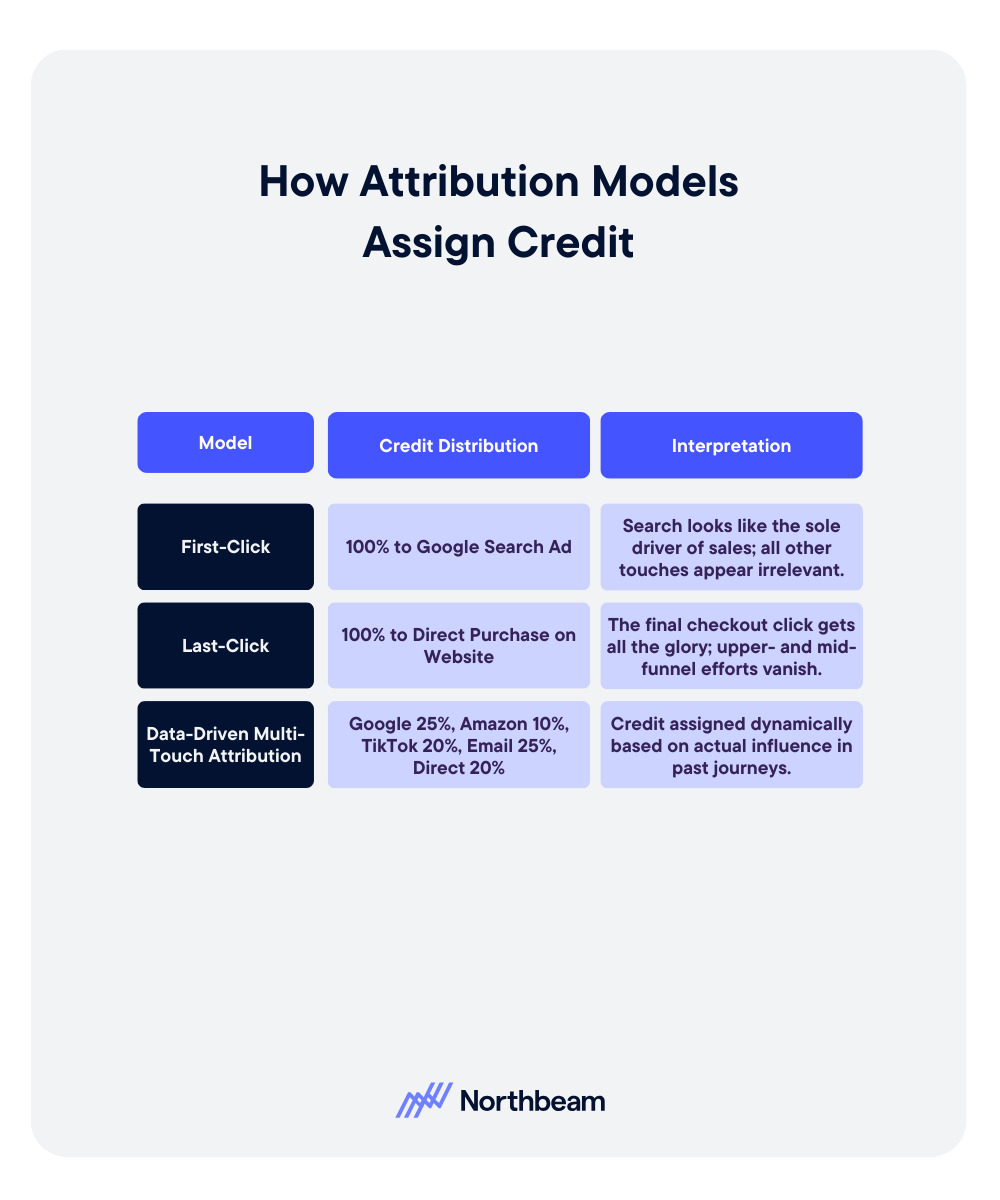
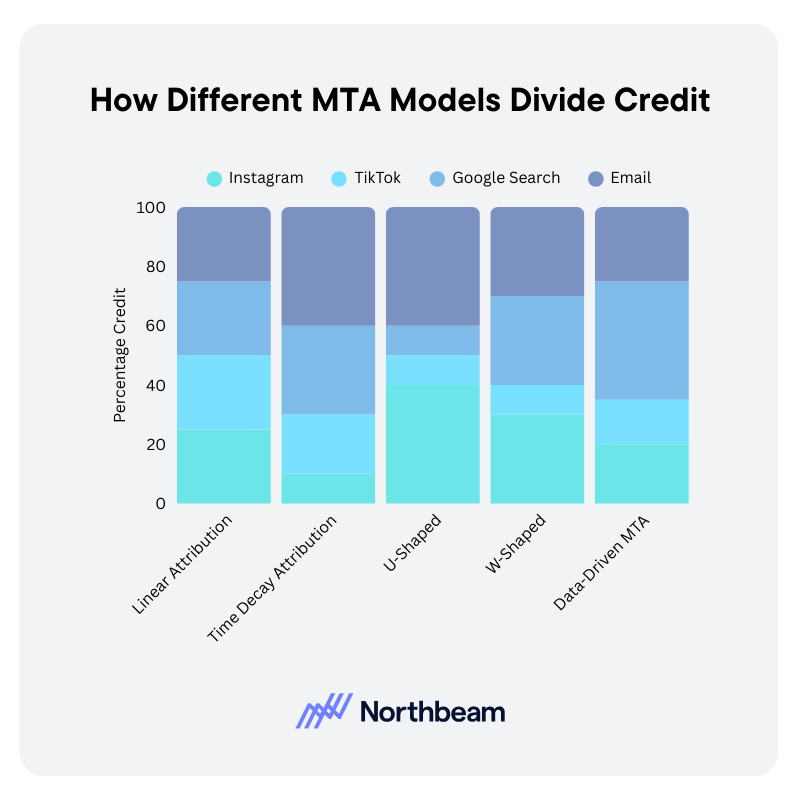










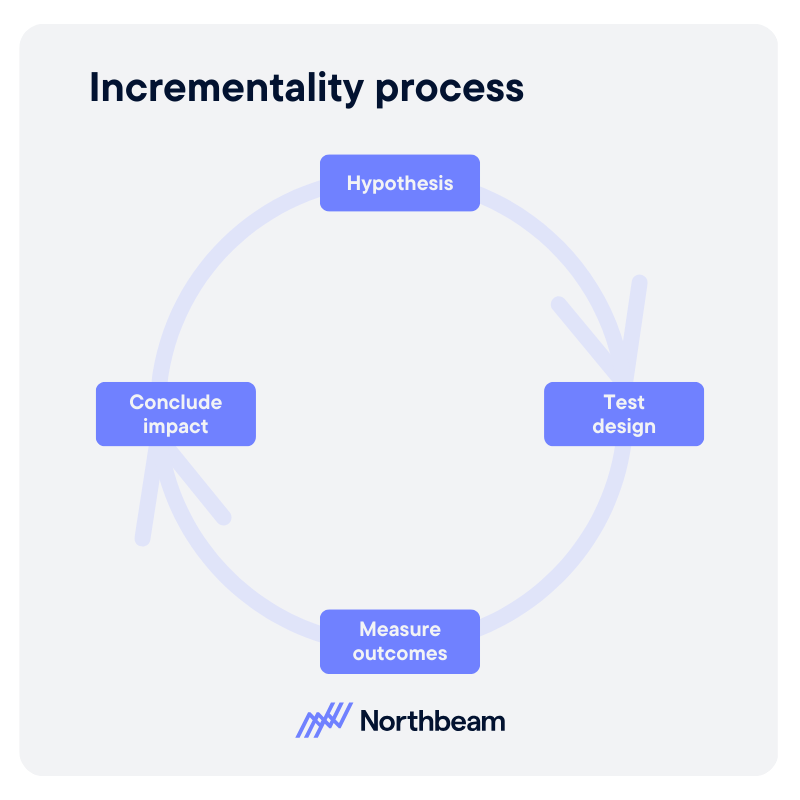


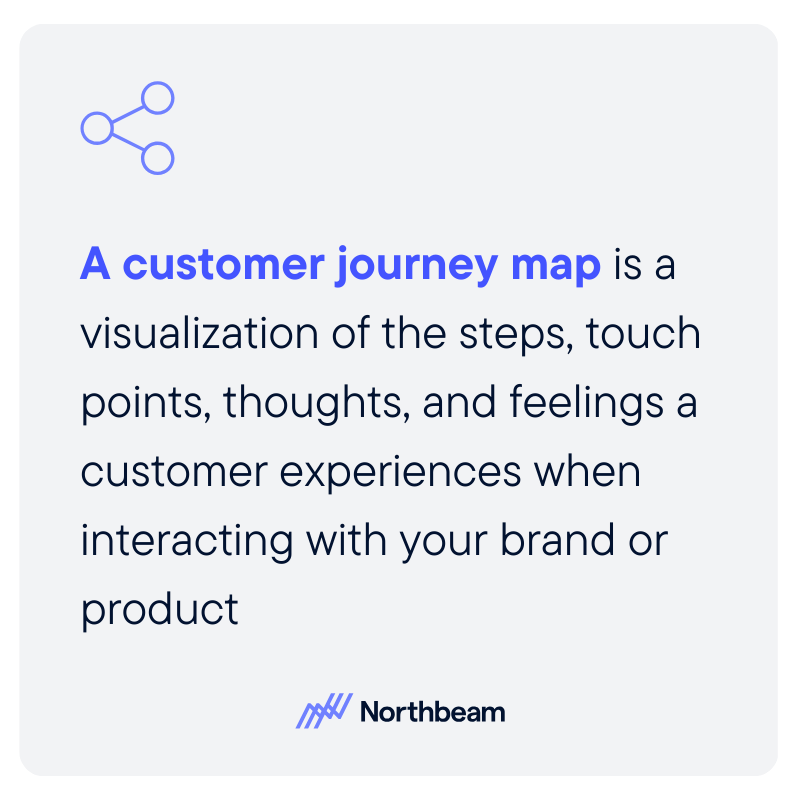
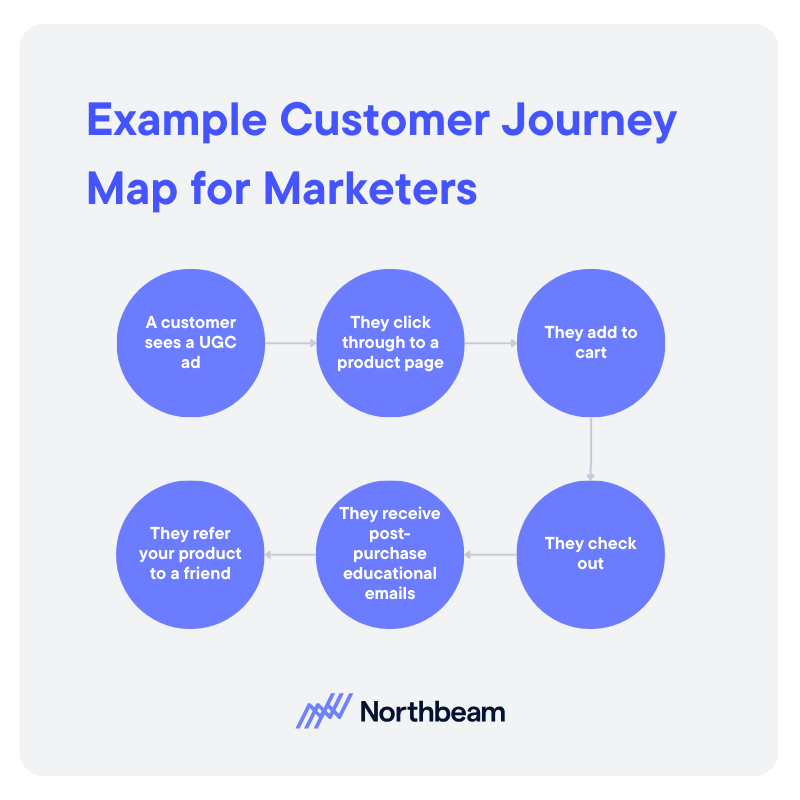
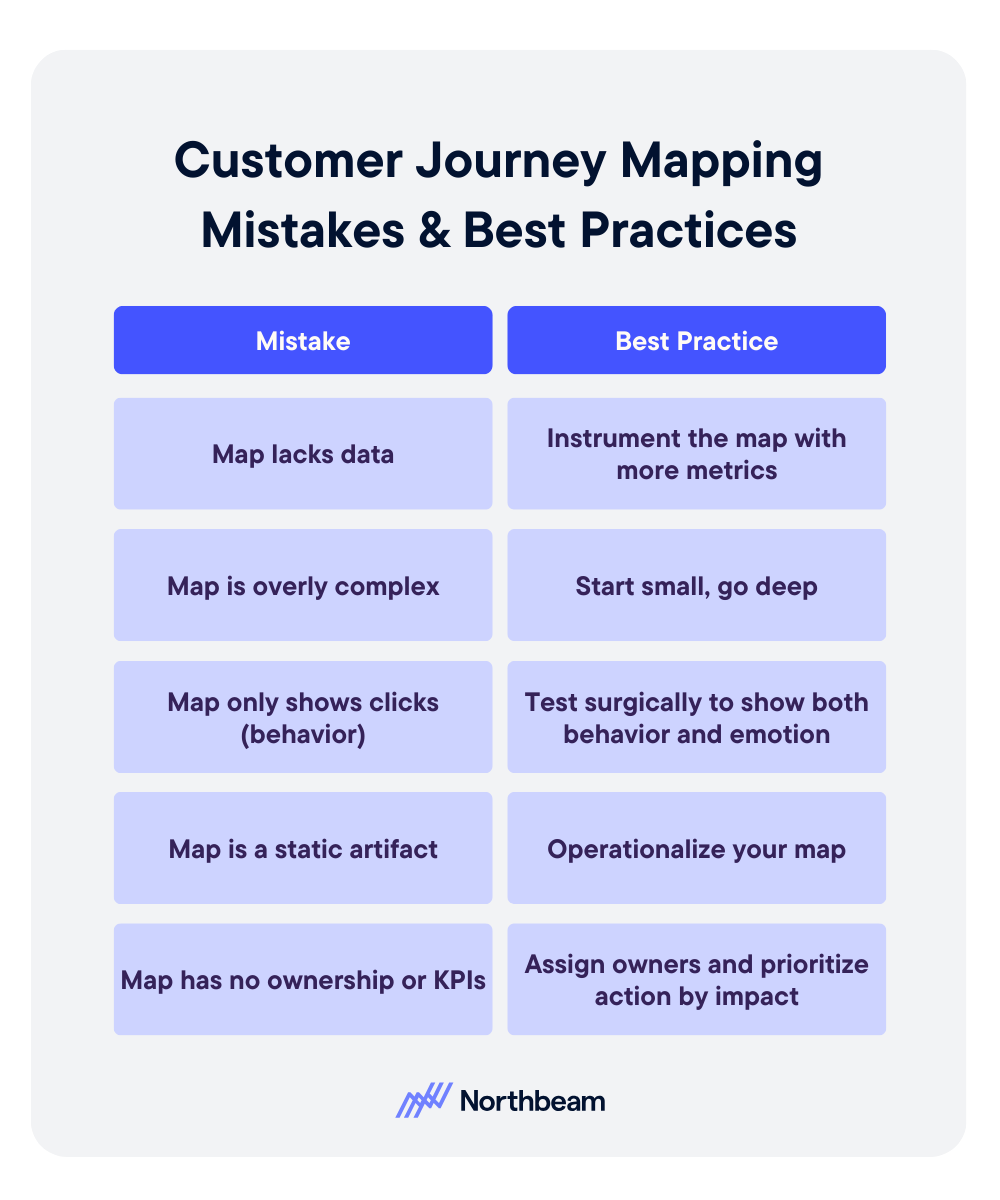


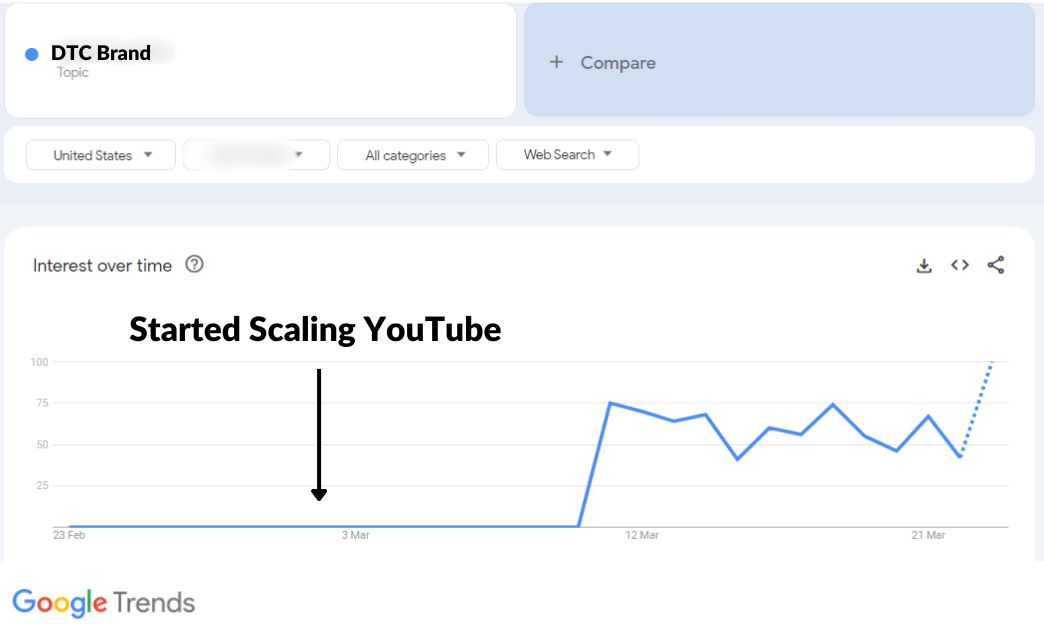






%25201.png)

.png)
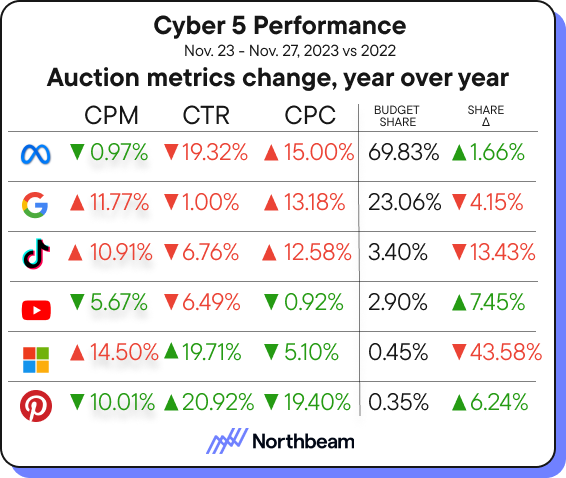
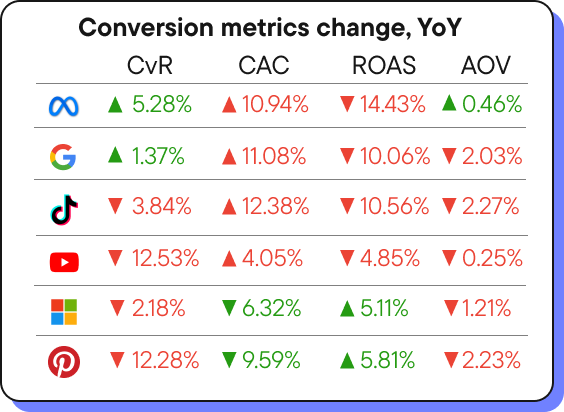
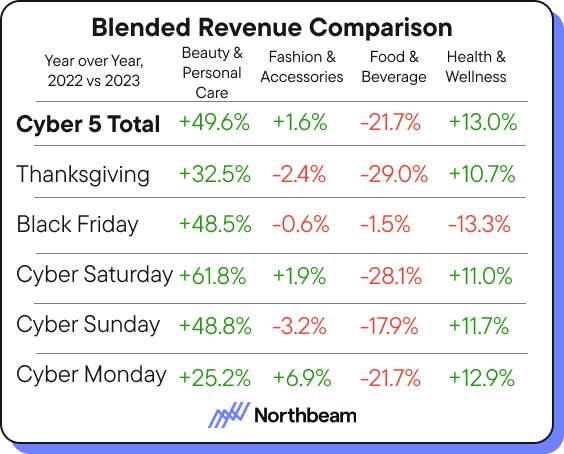
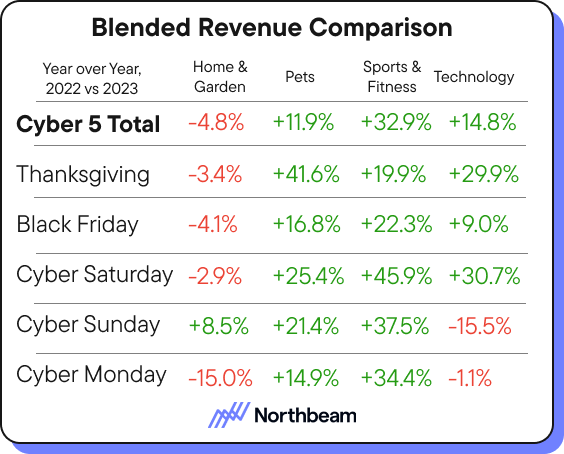
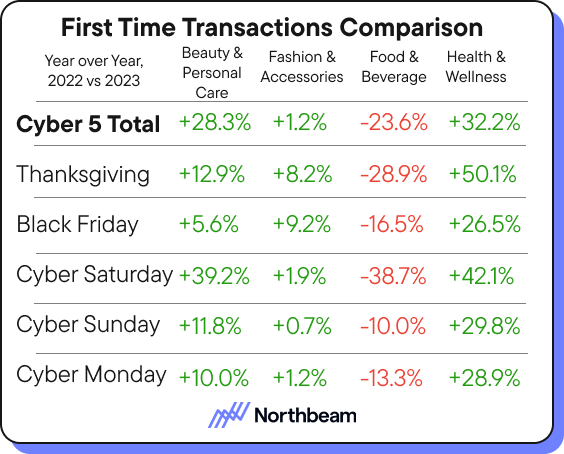
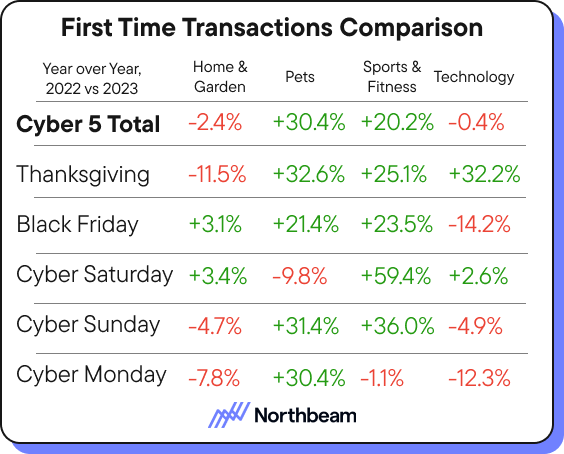


.jpeg)

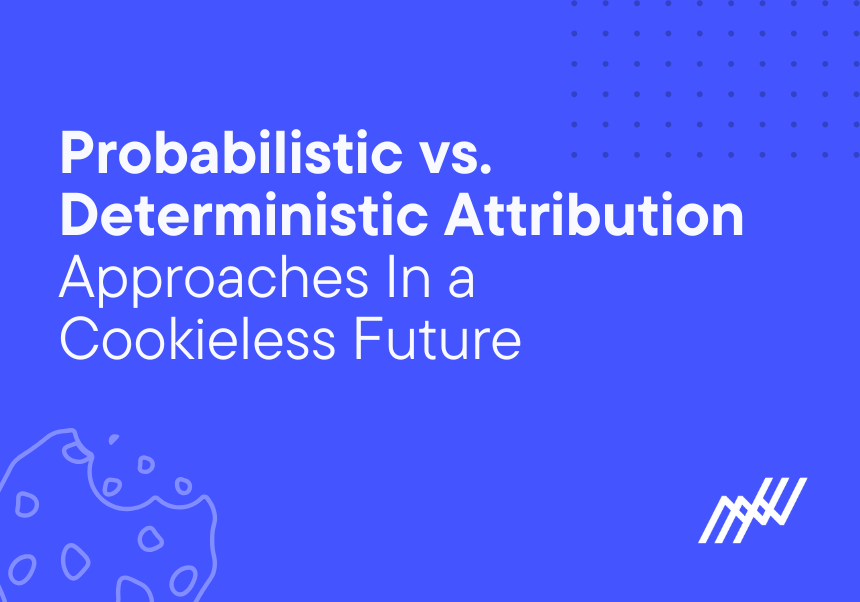
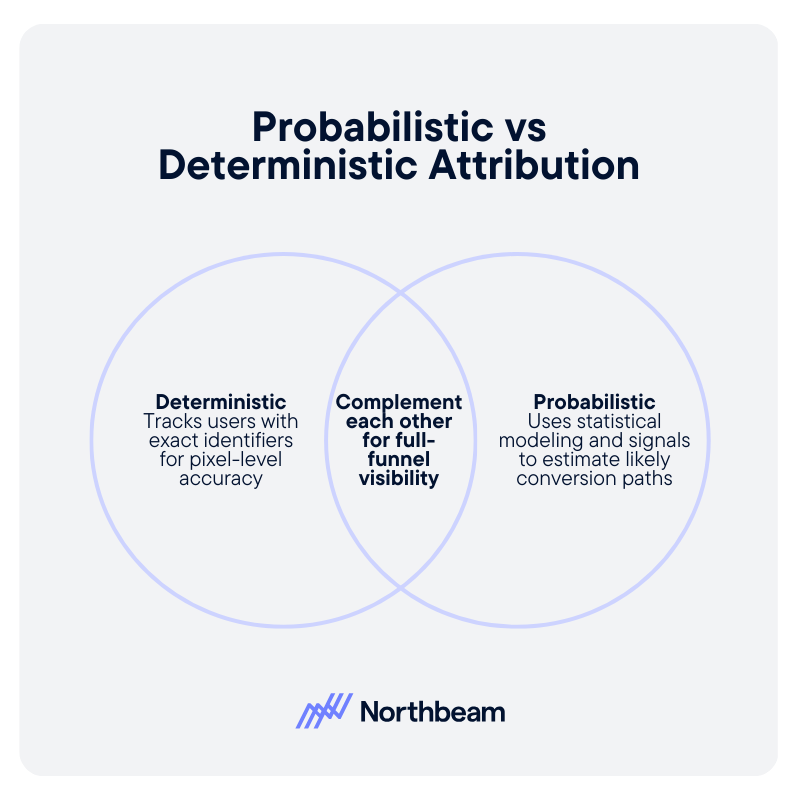
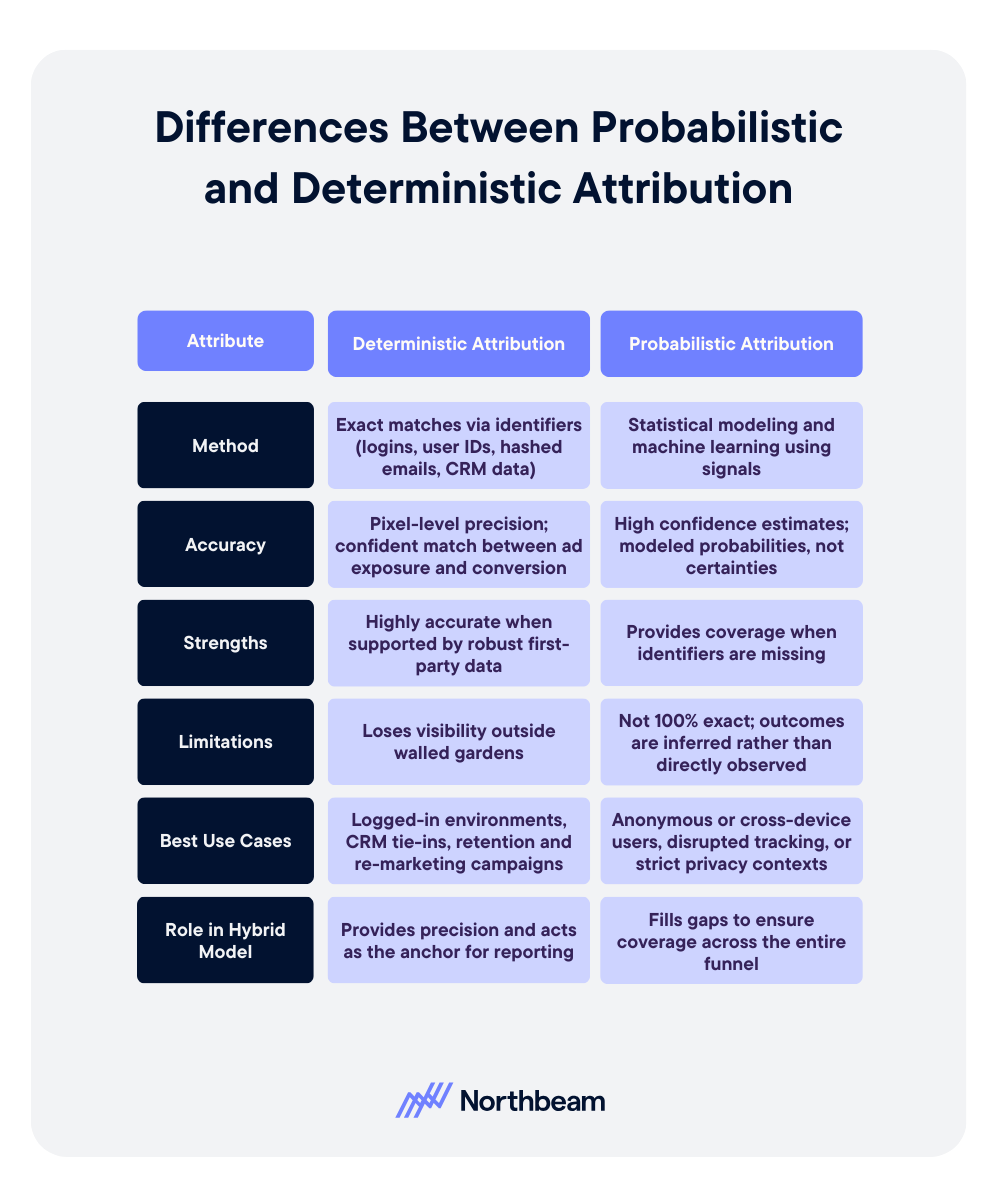
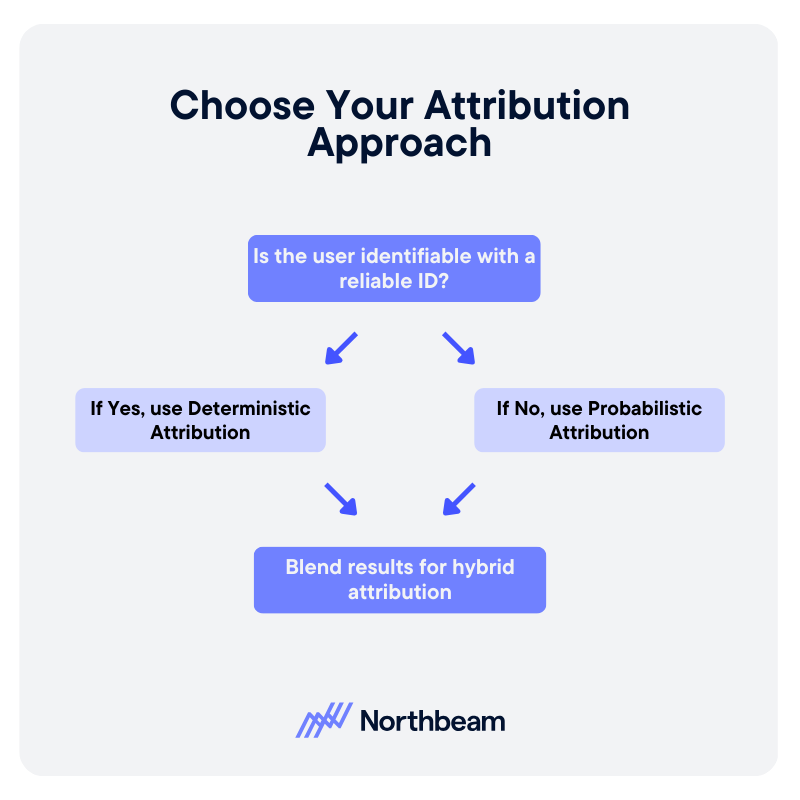






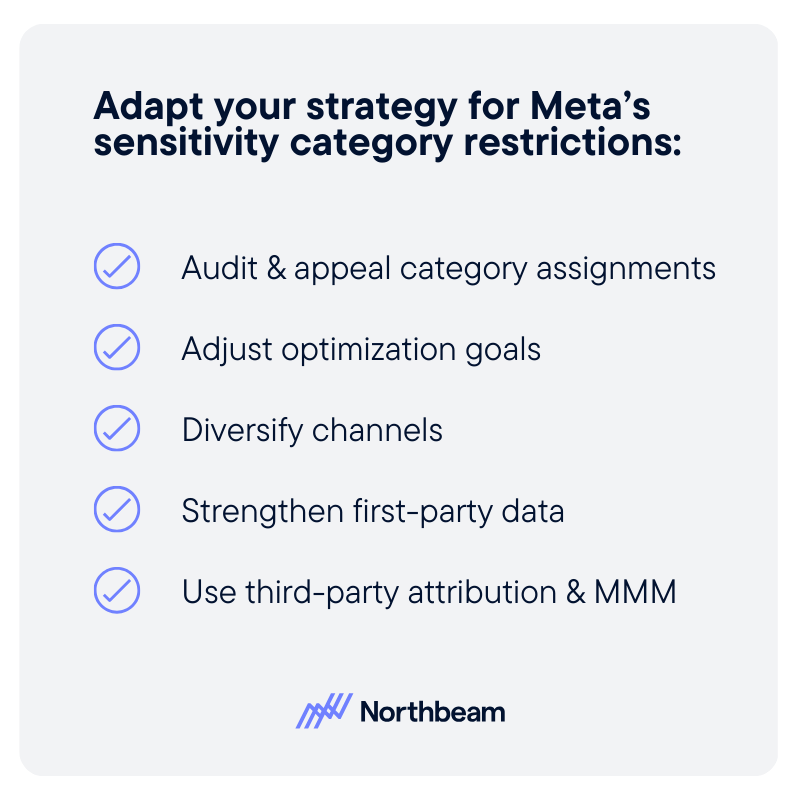

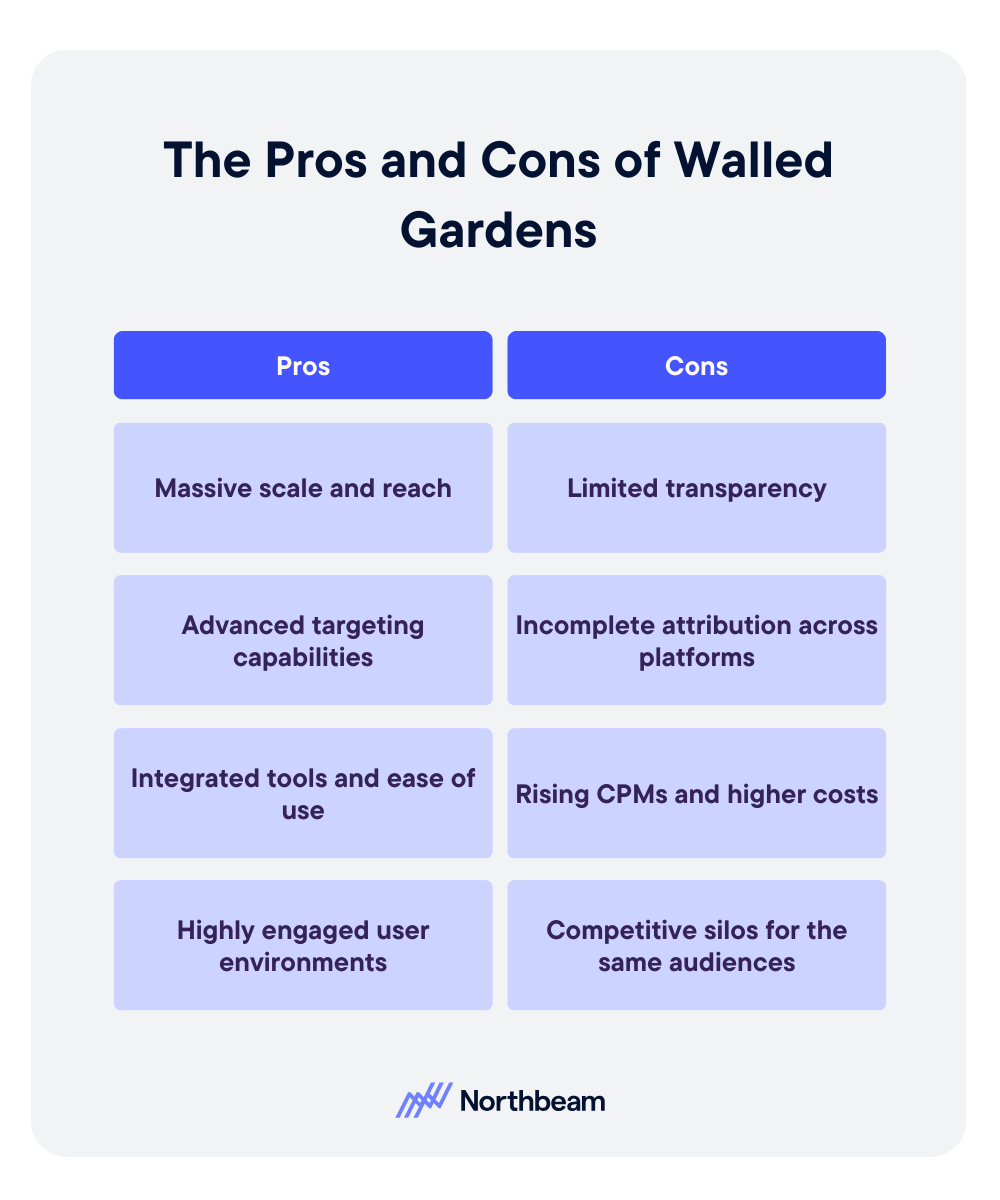
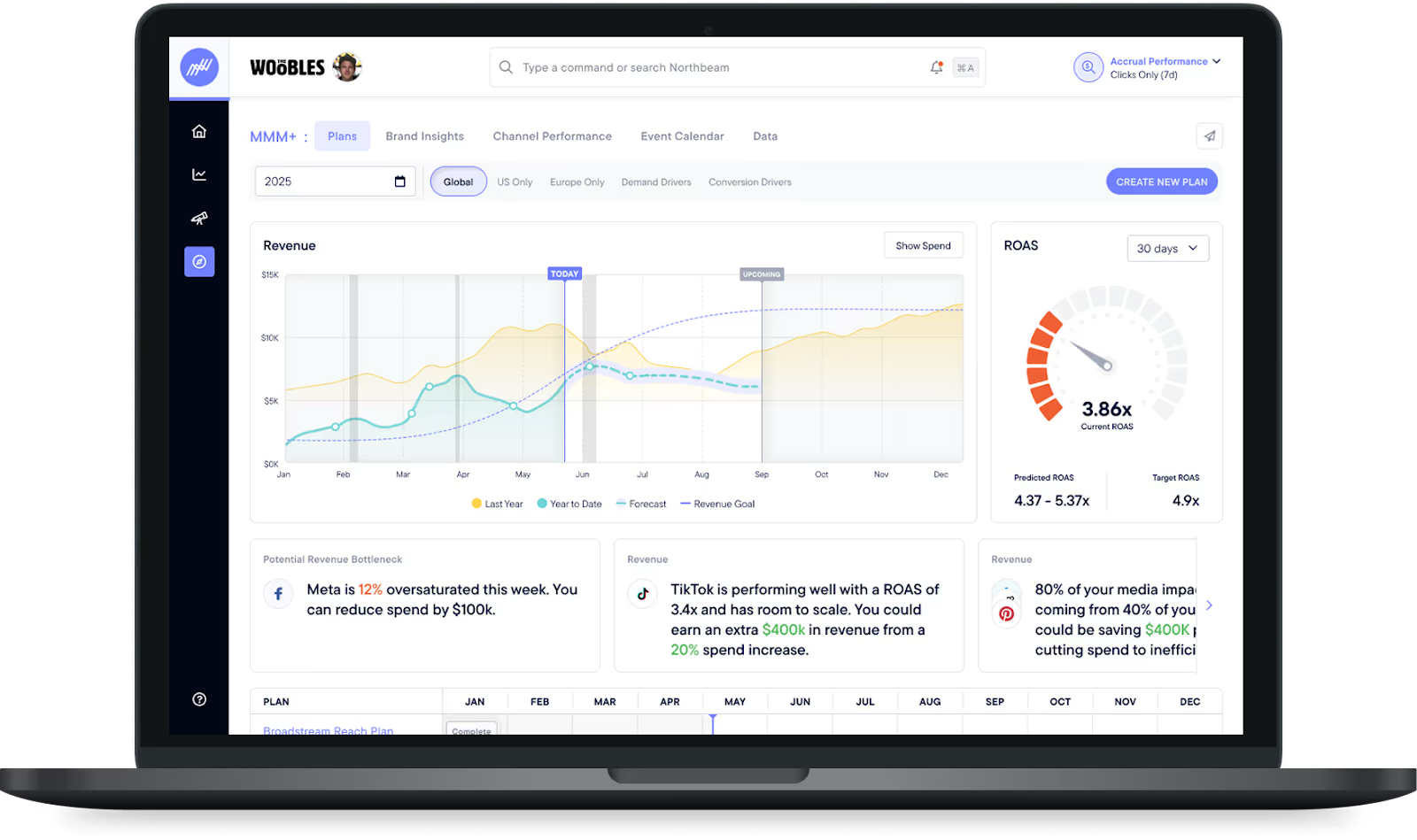

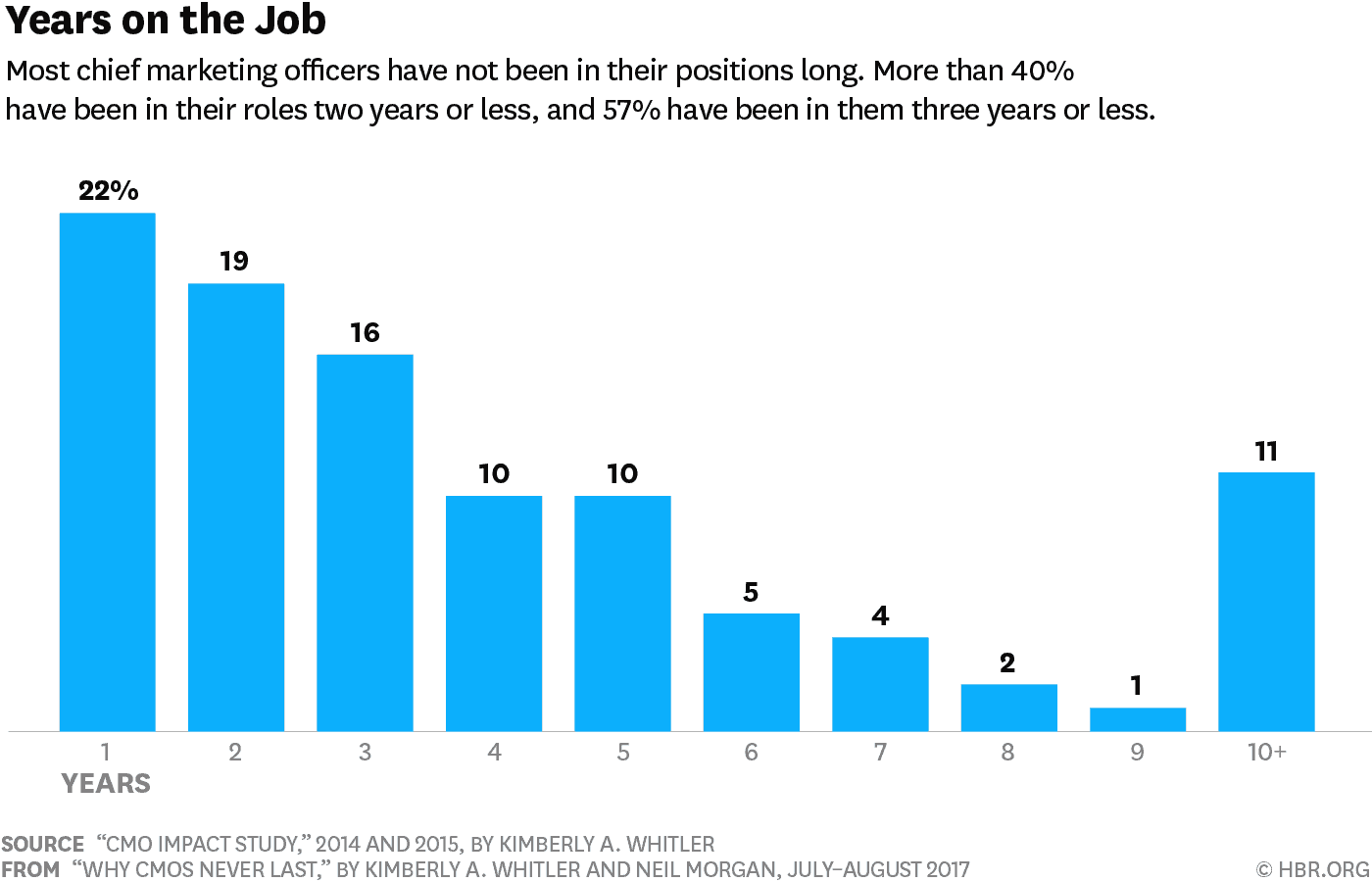

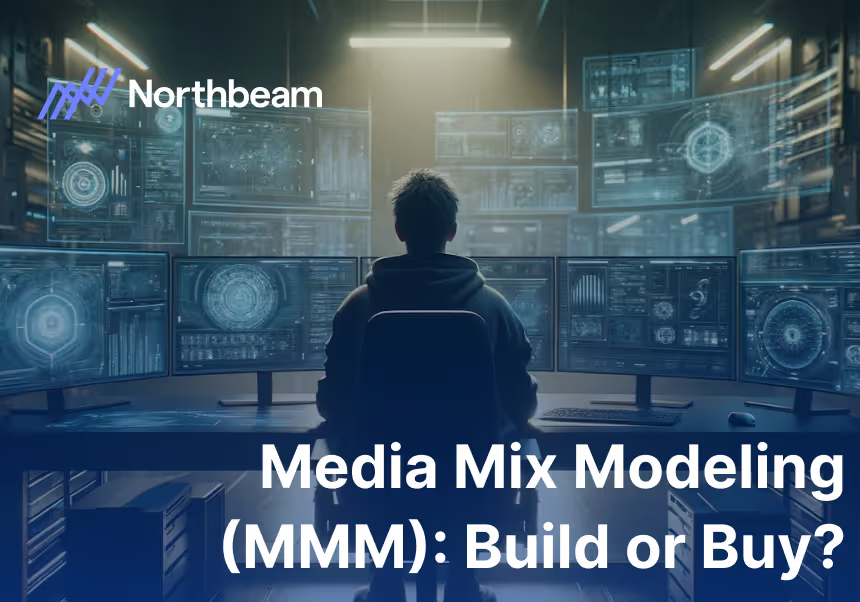
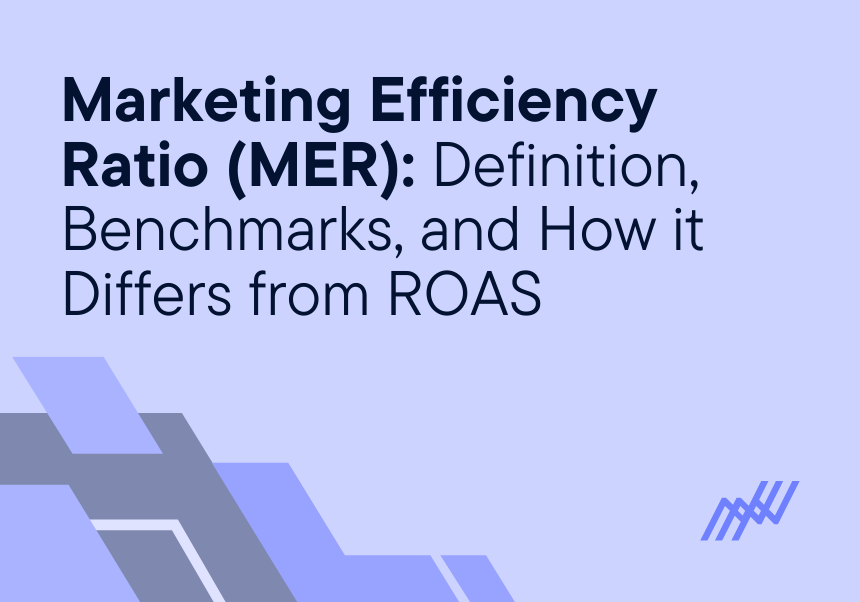


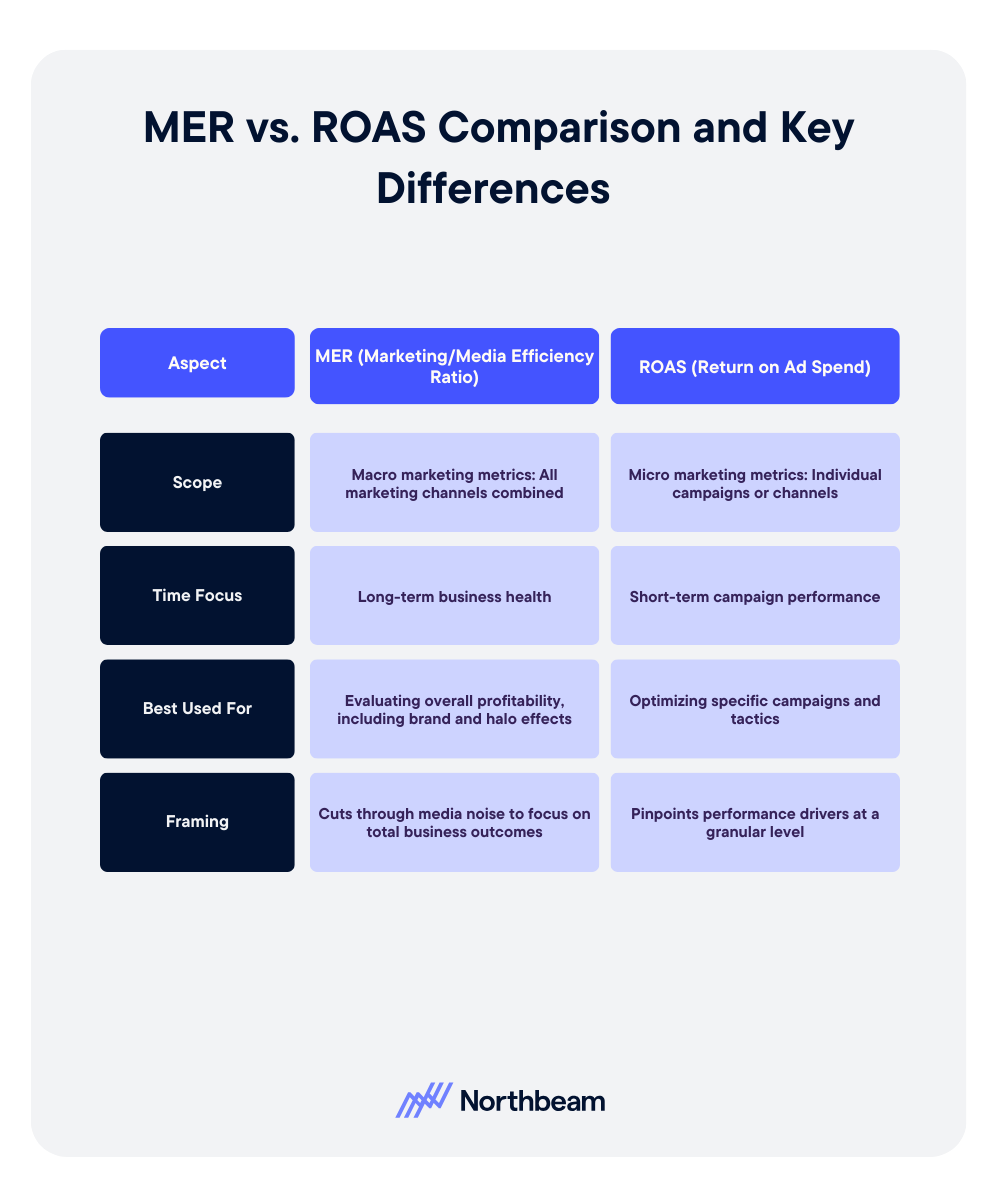







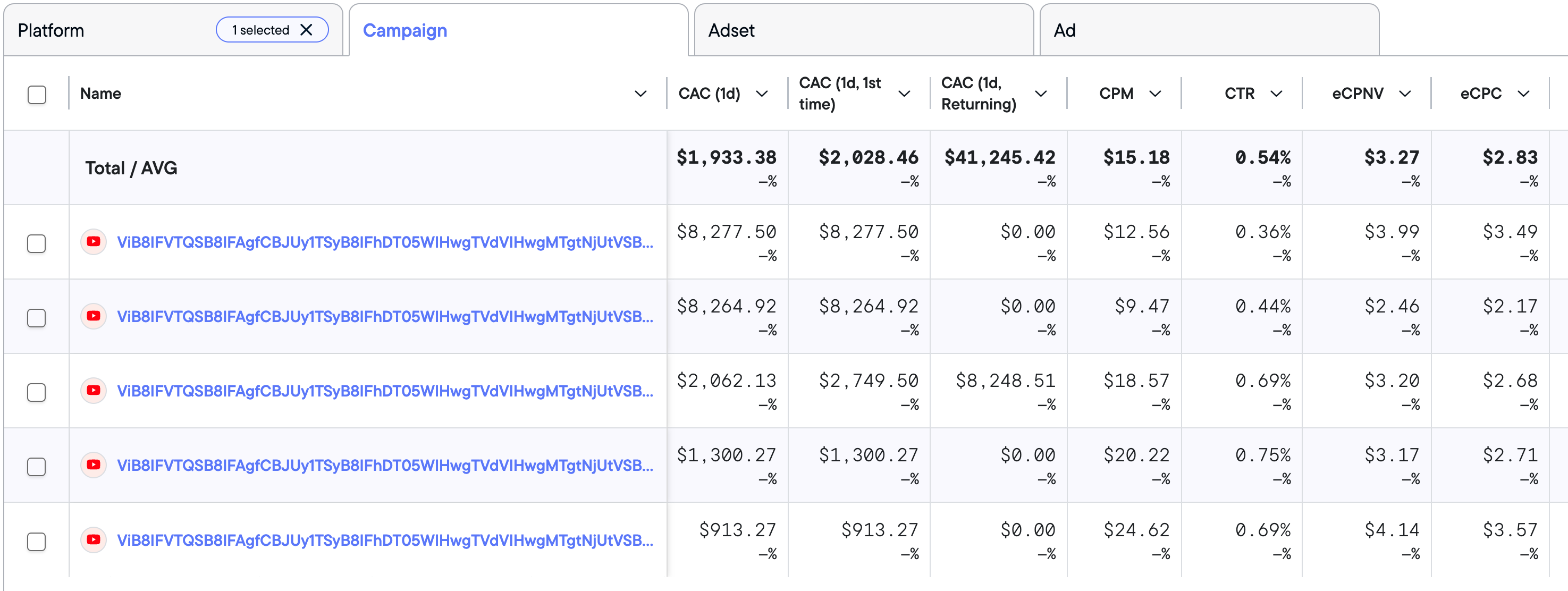


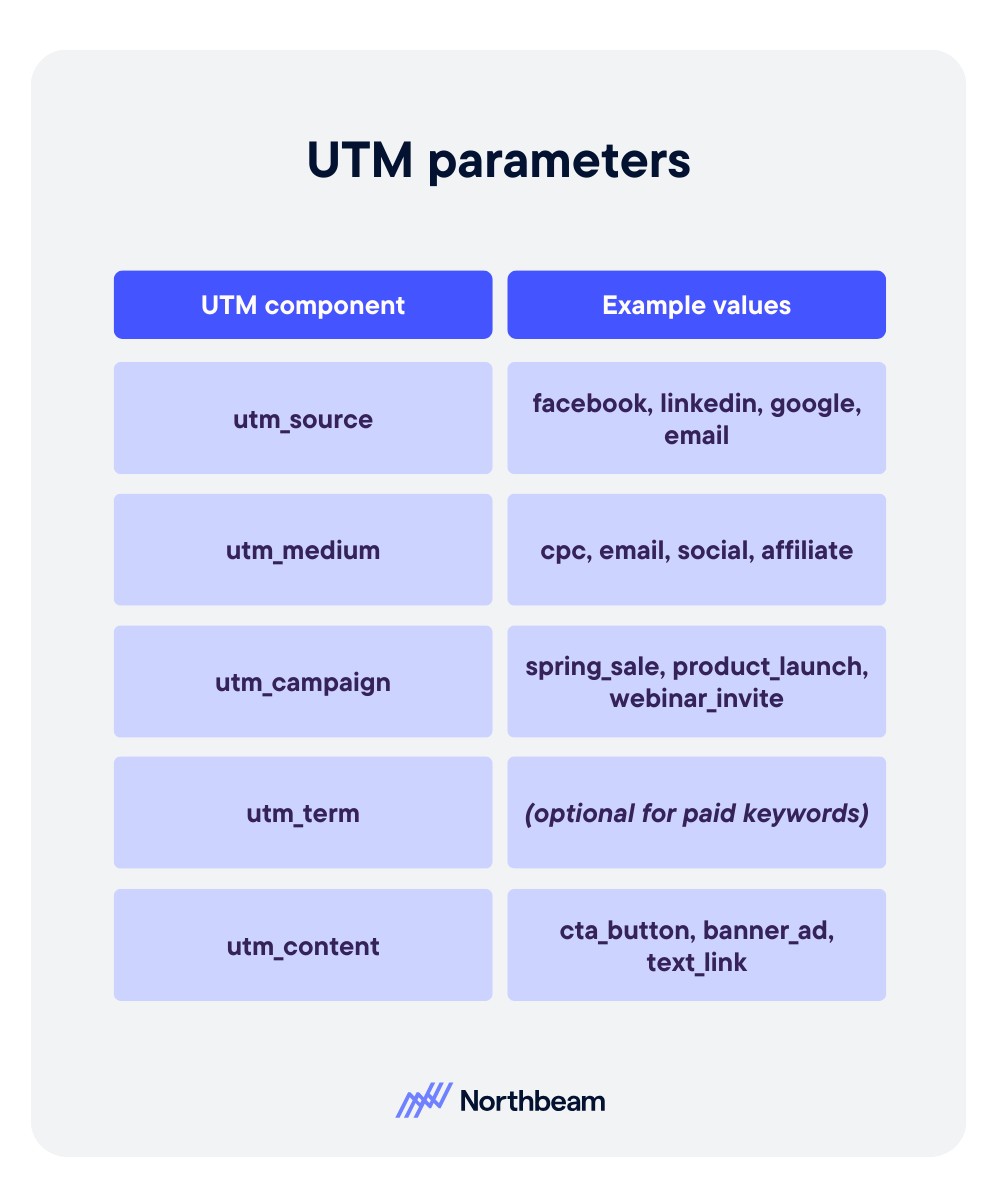
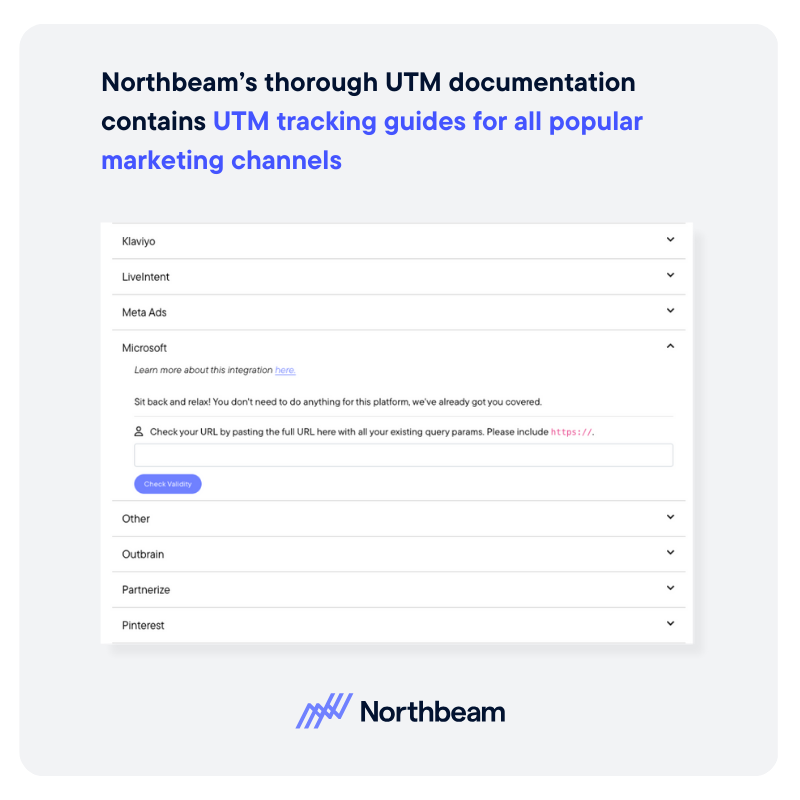

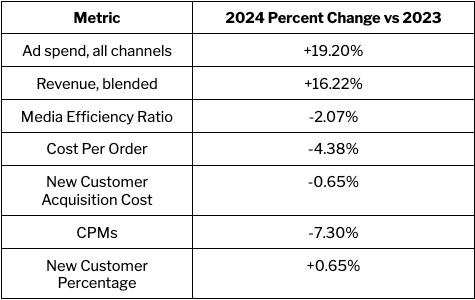
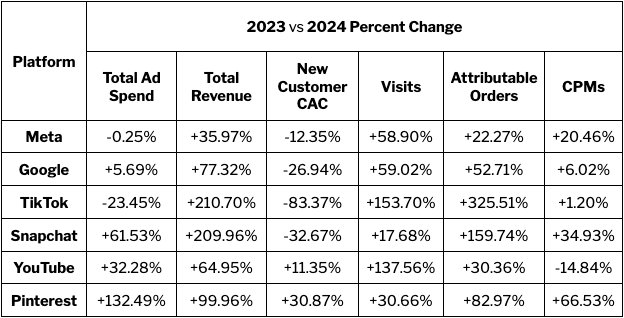

.png)

.png)
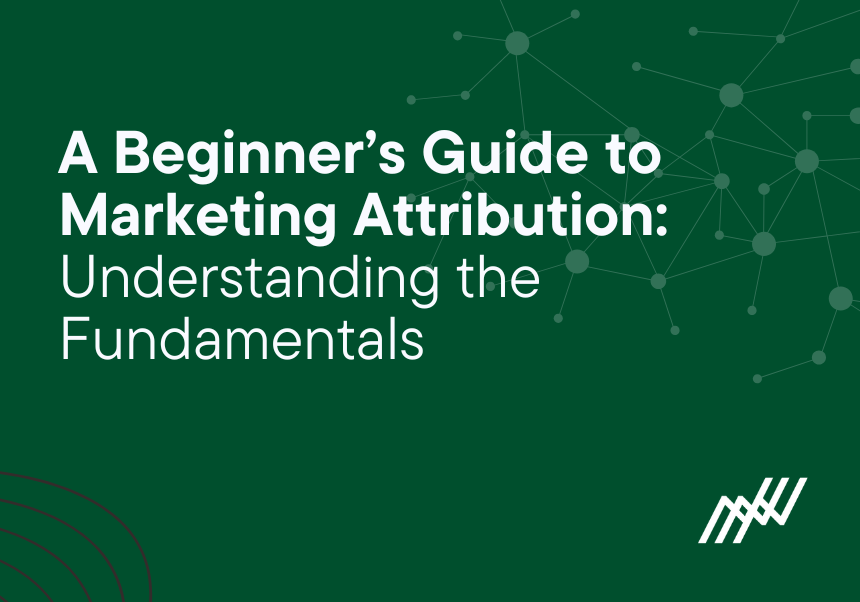
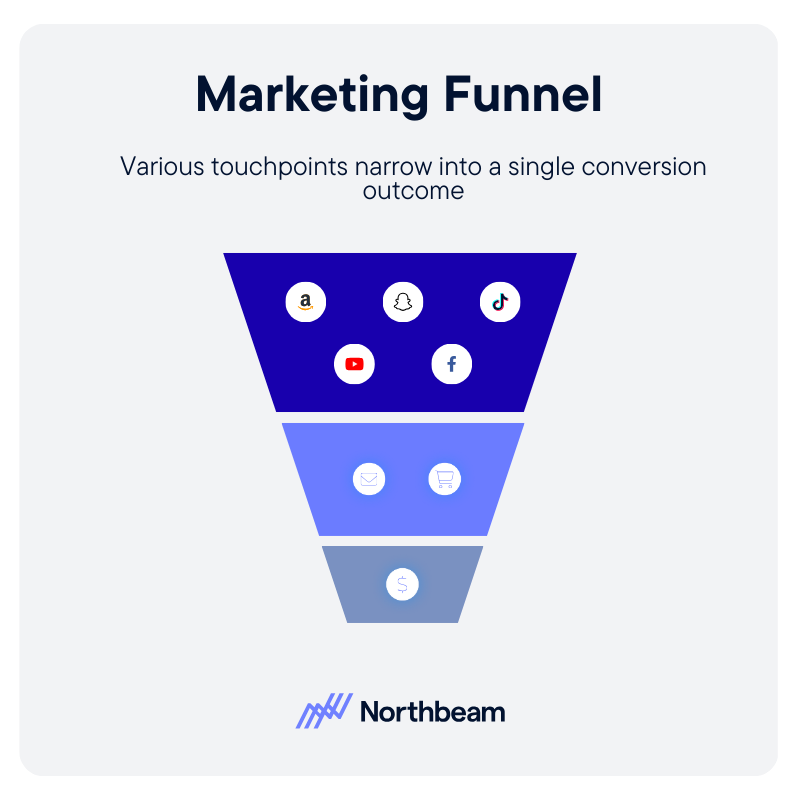




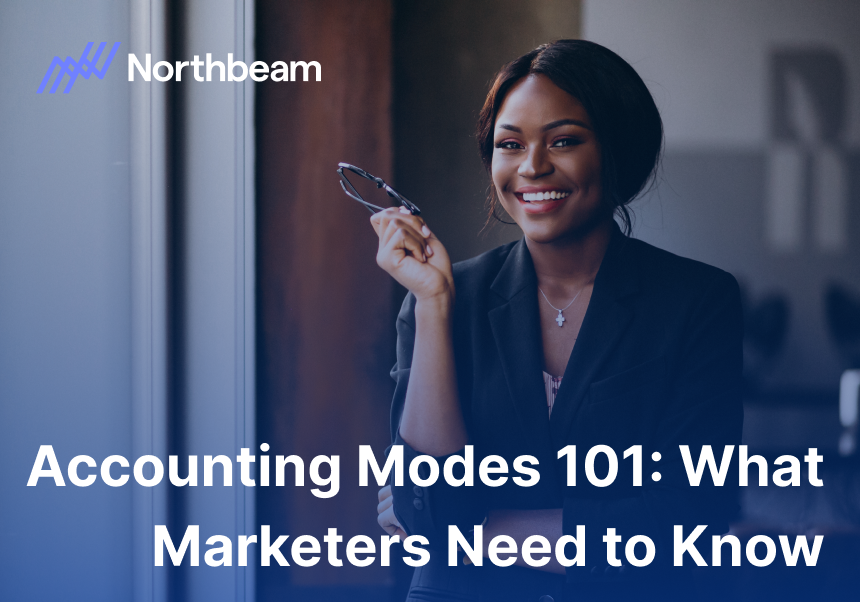
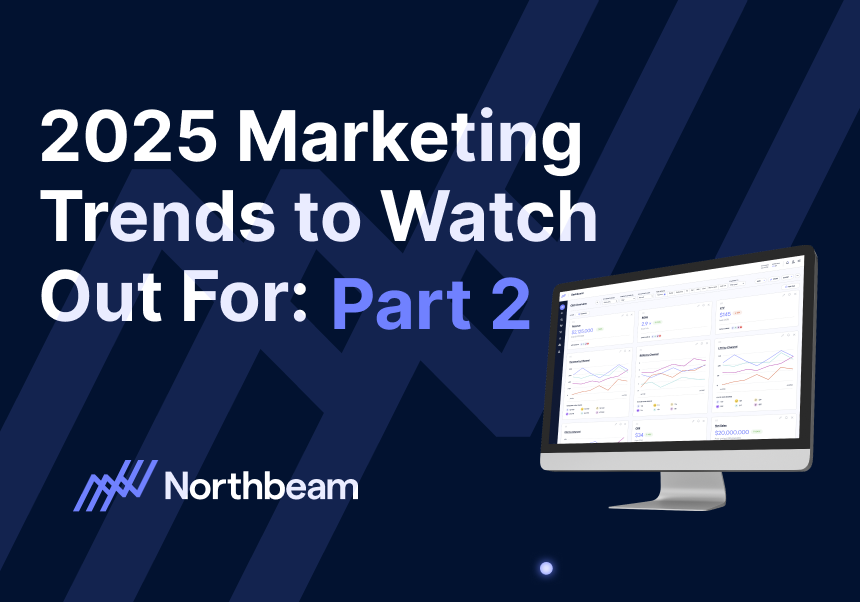
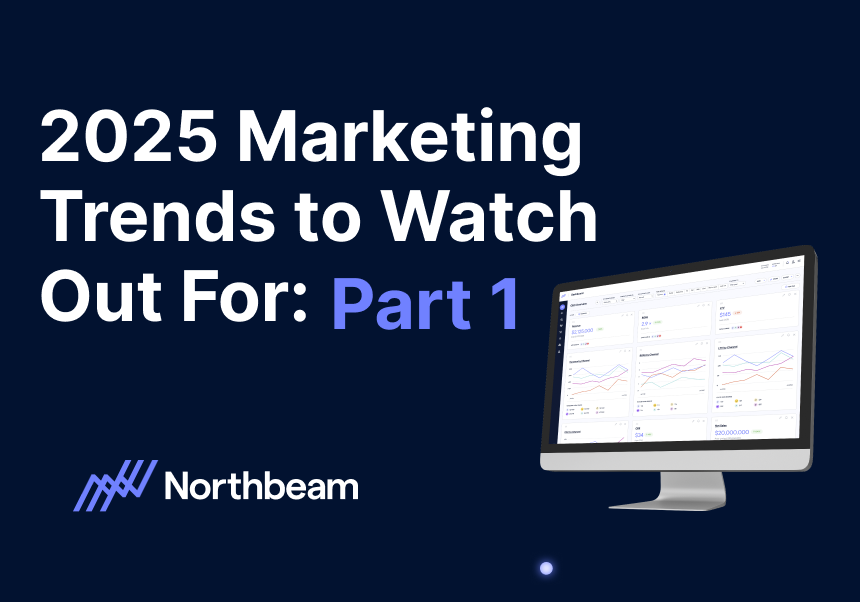



.svg)
